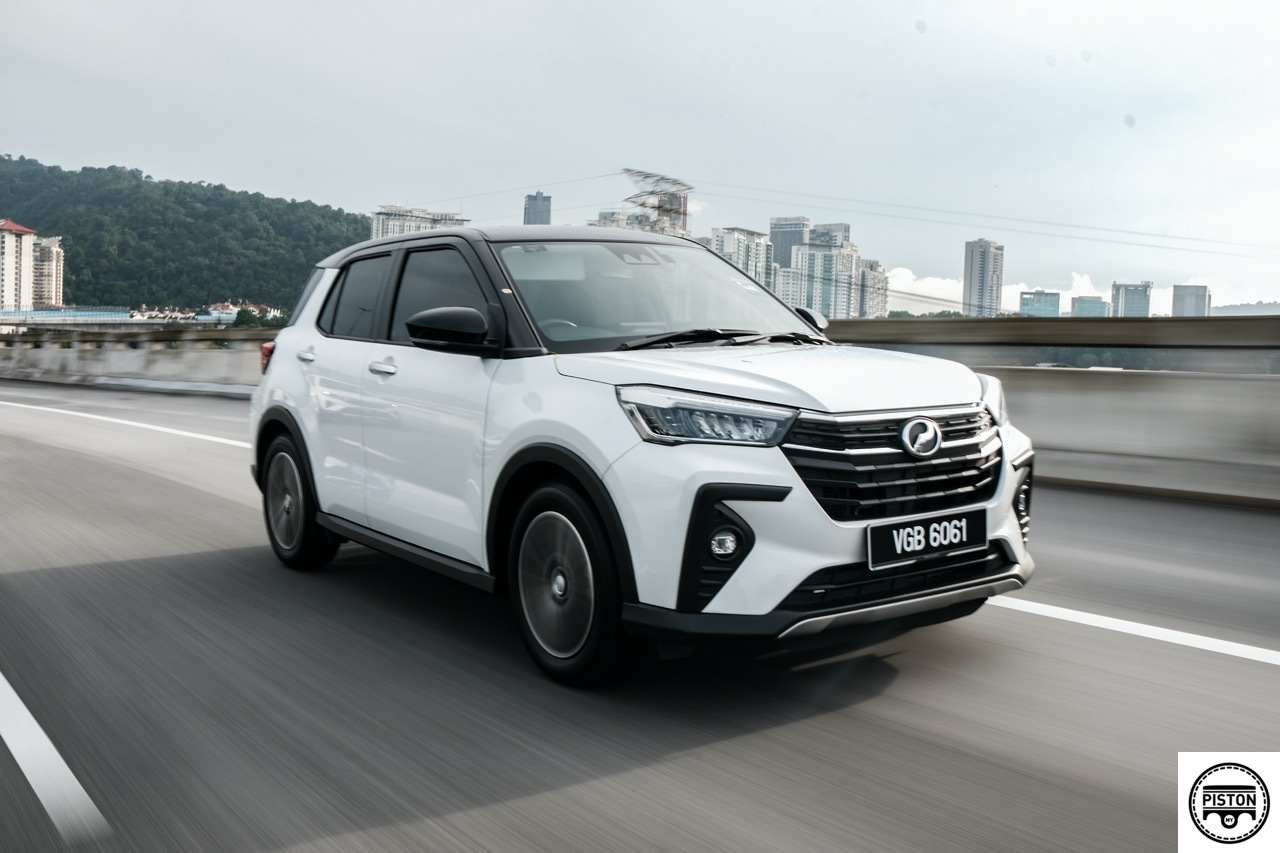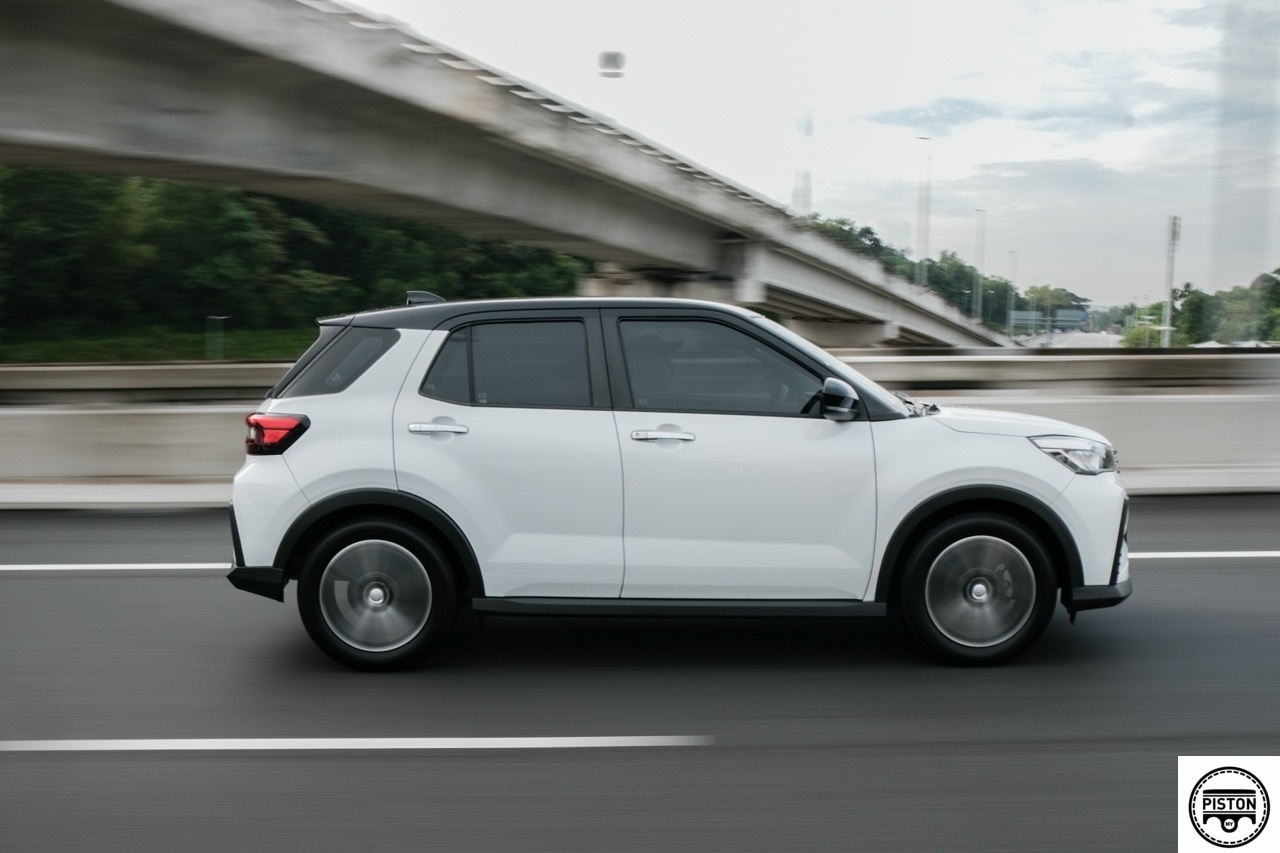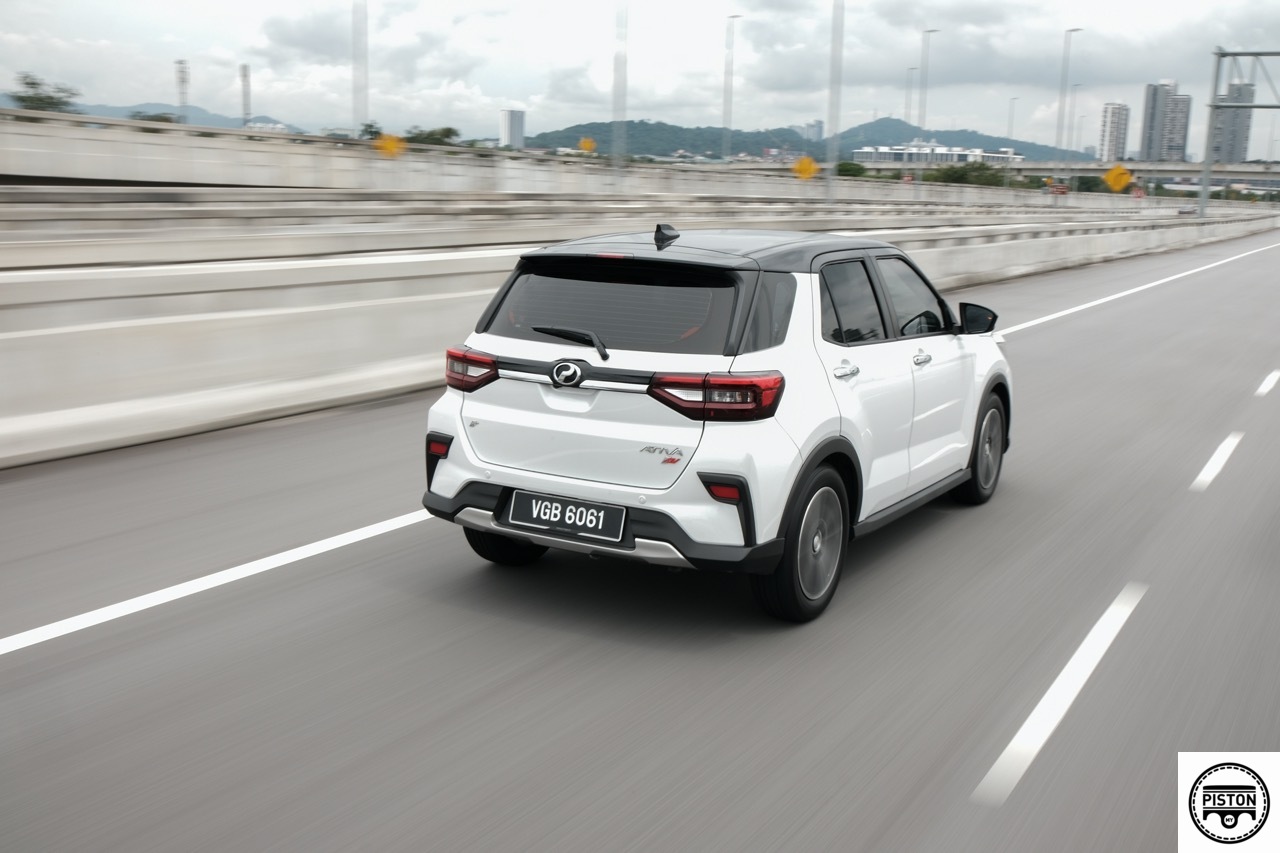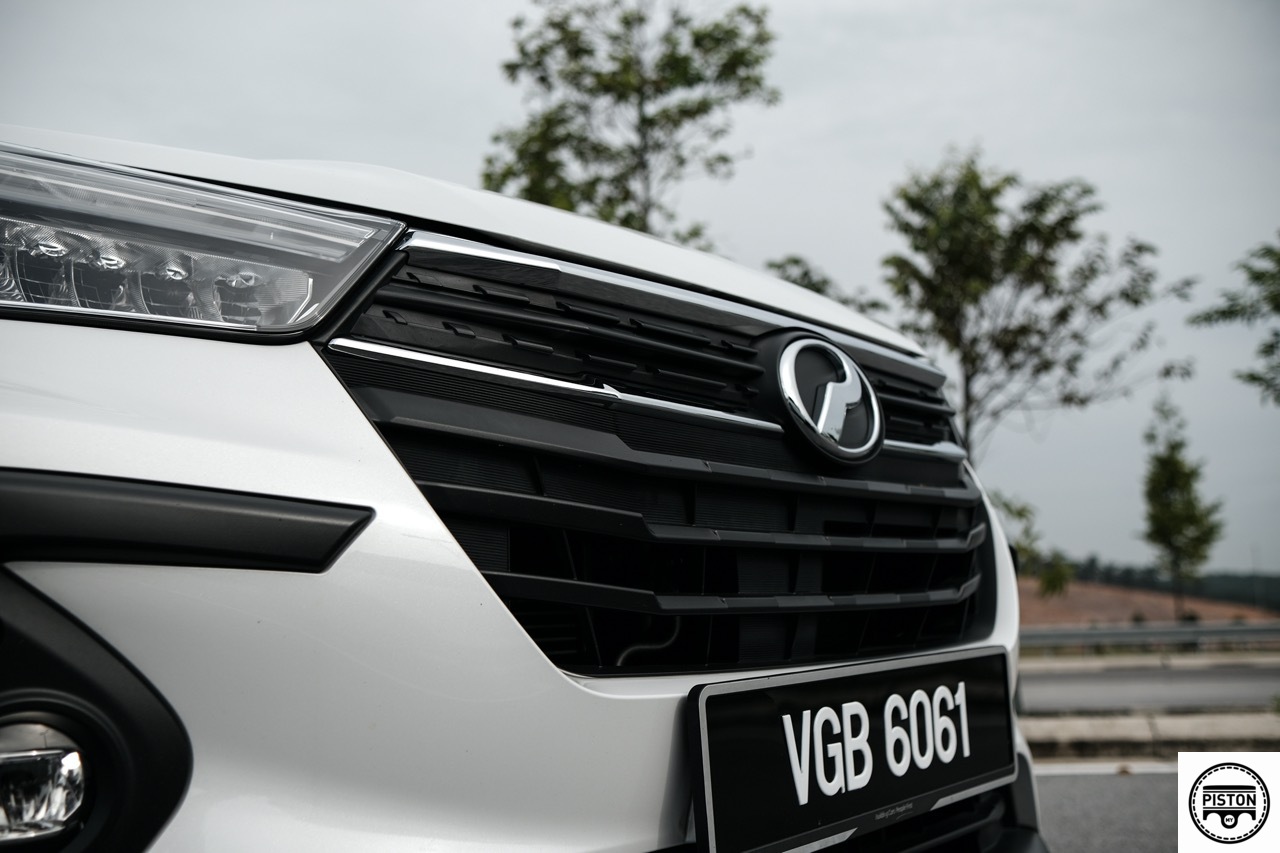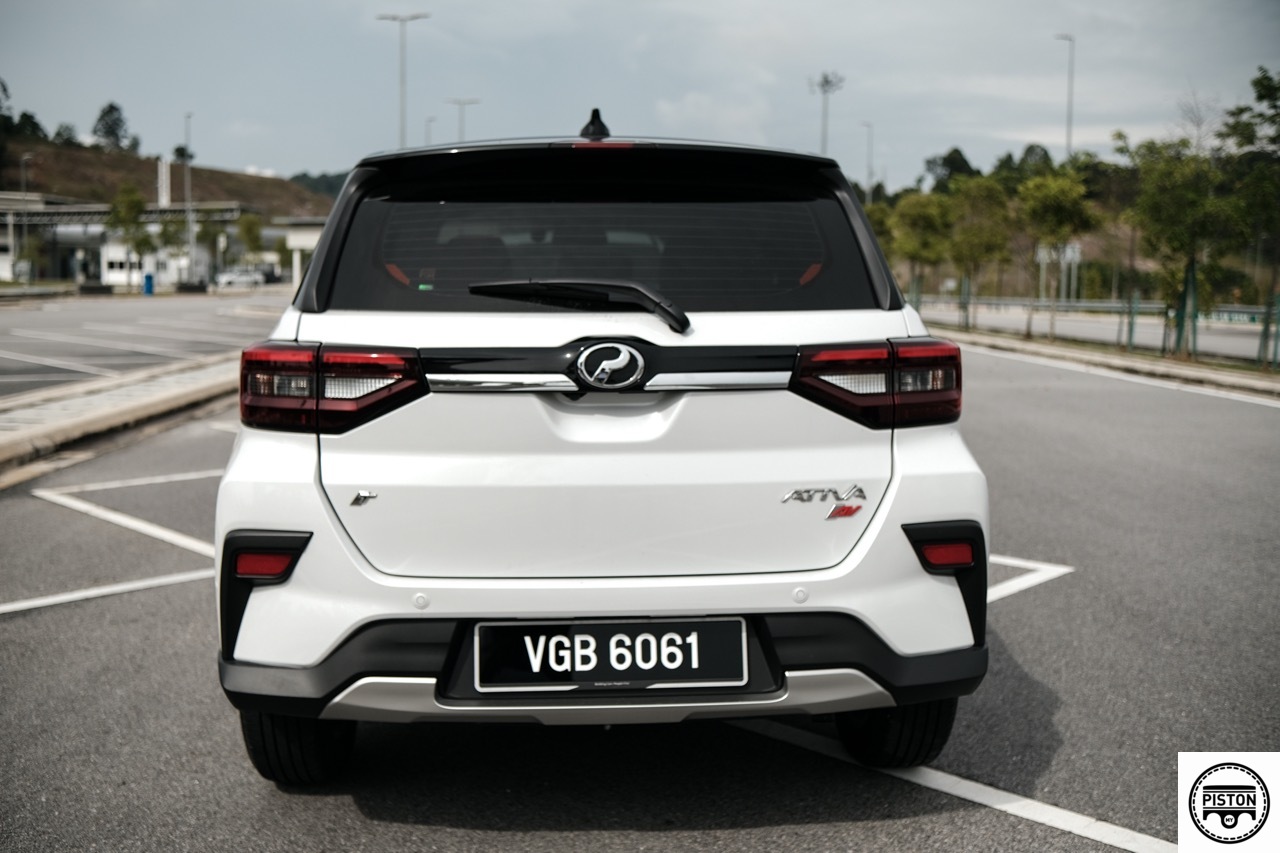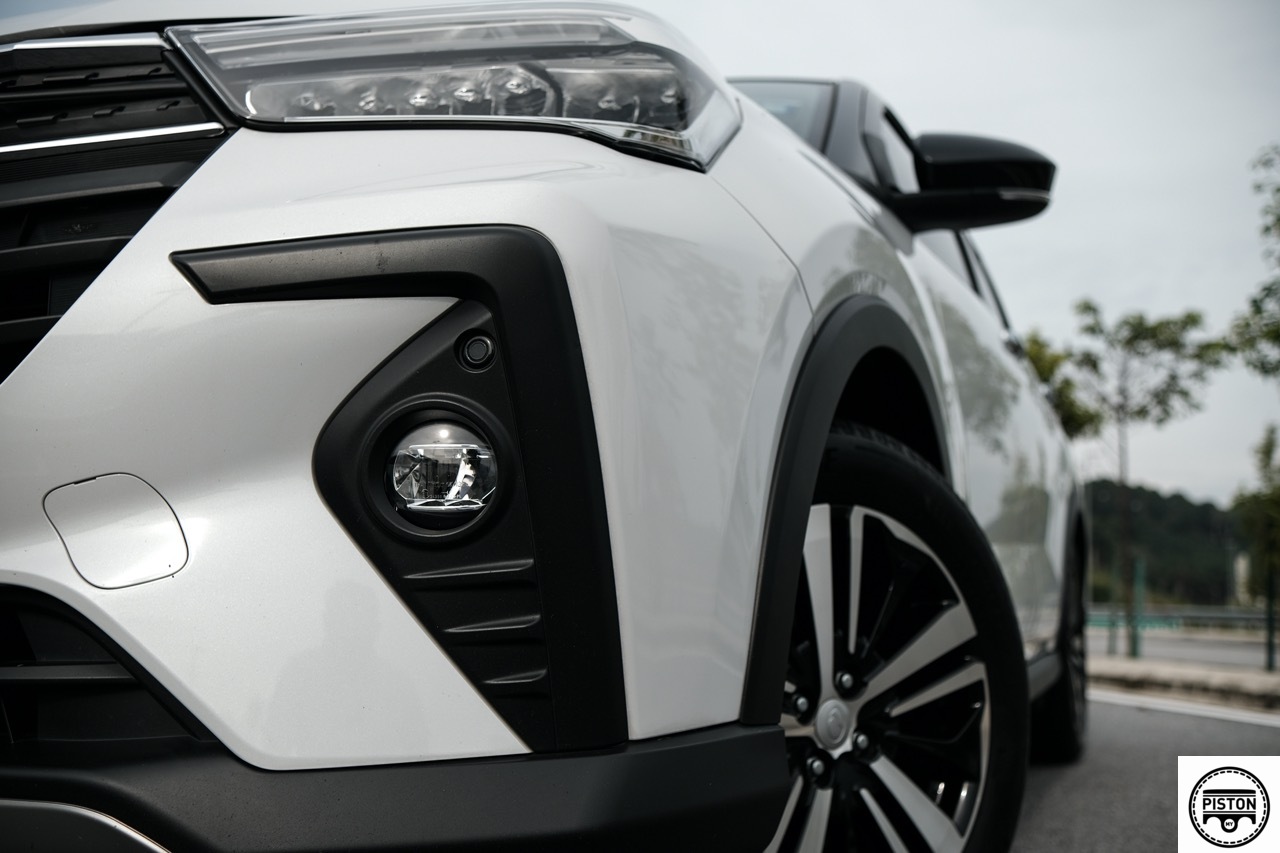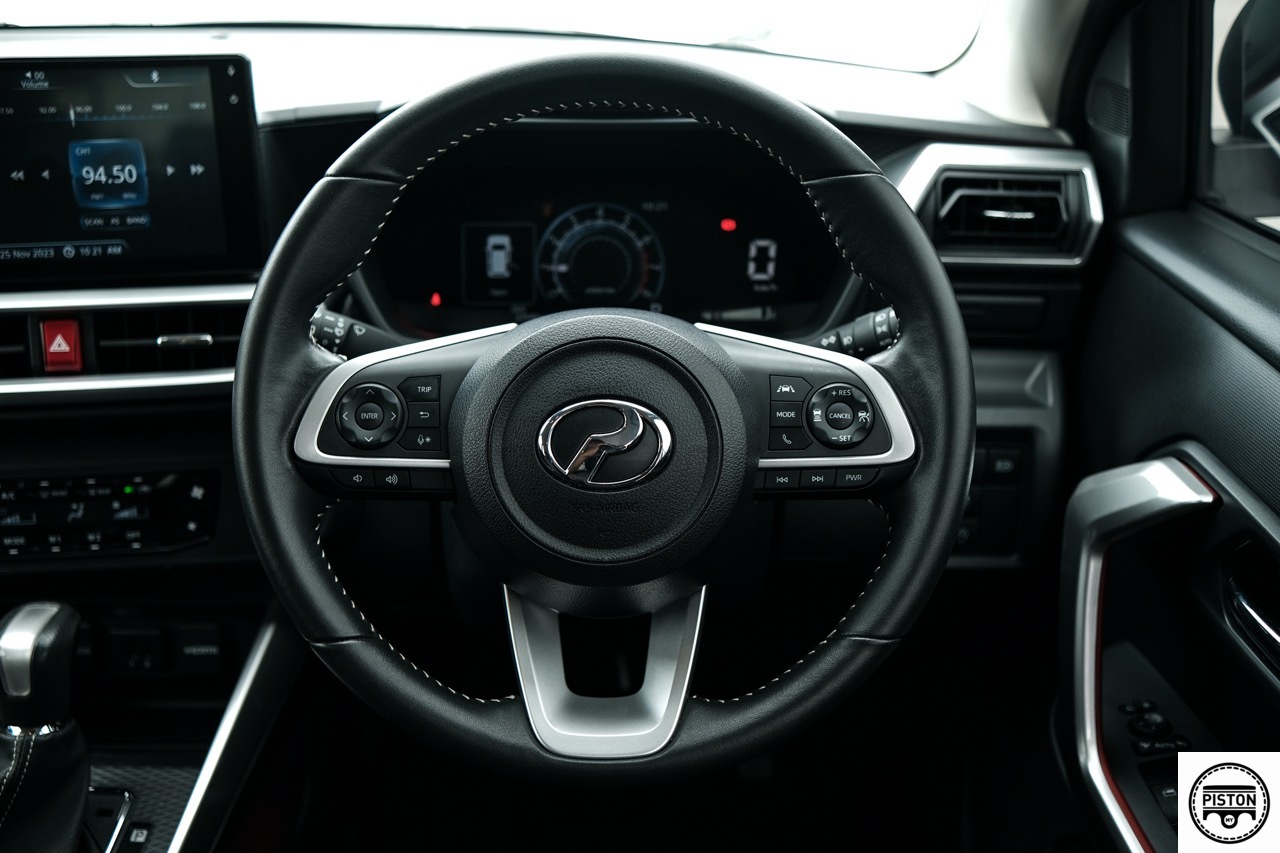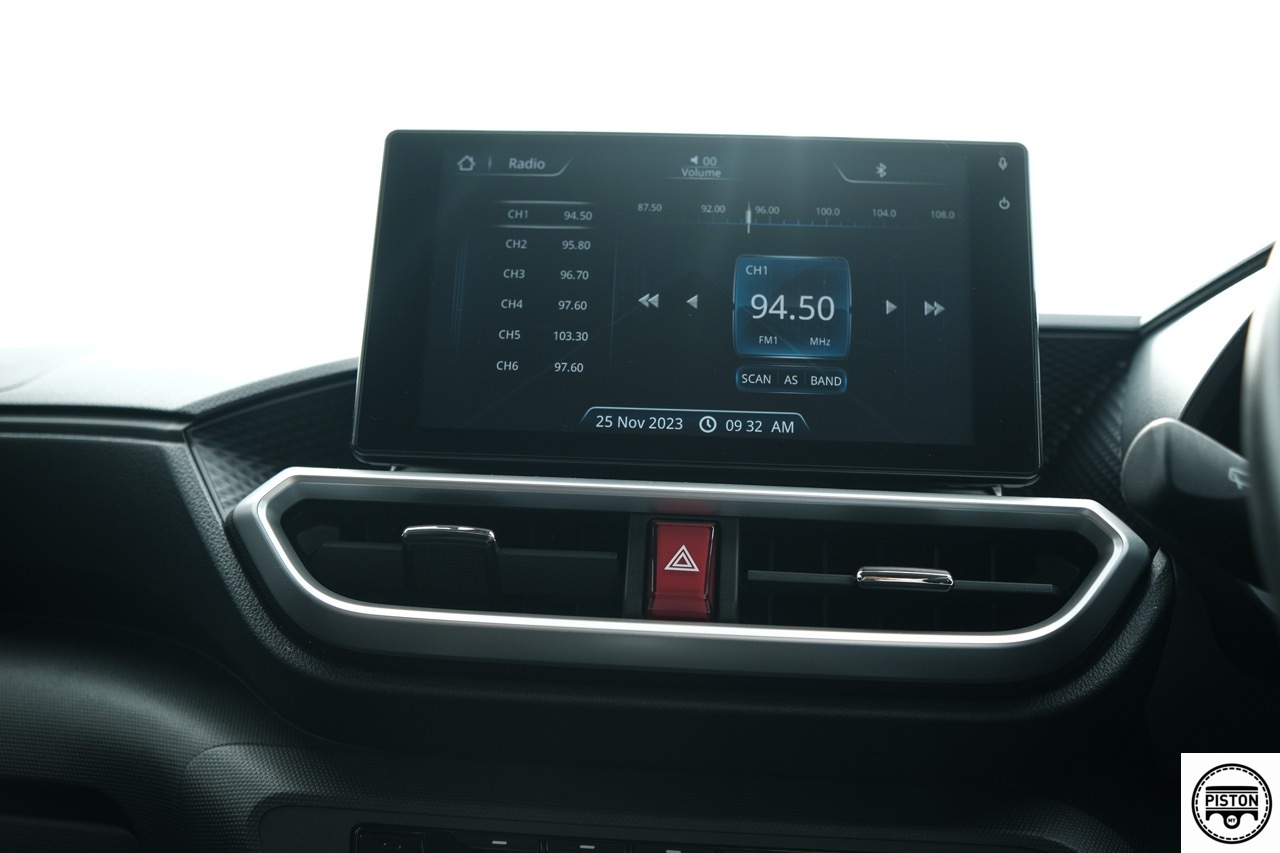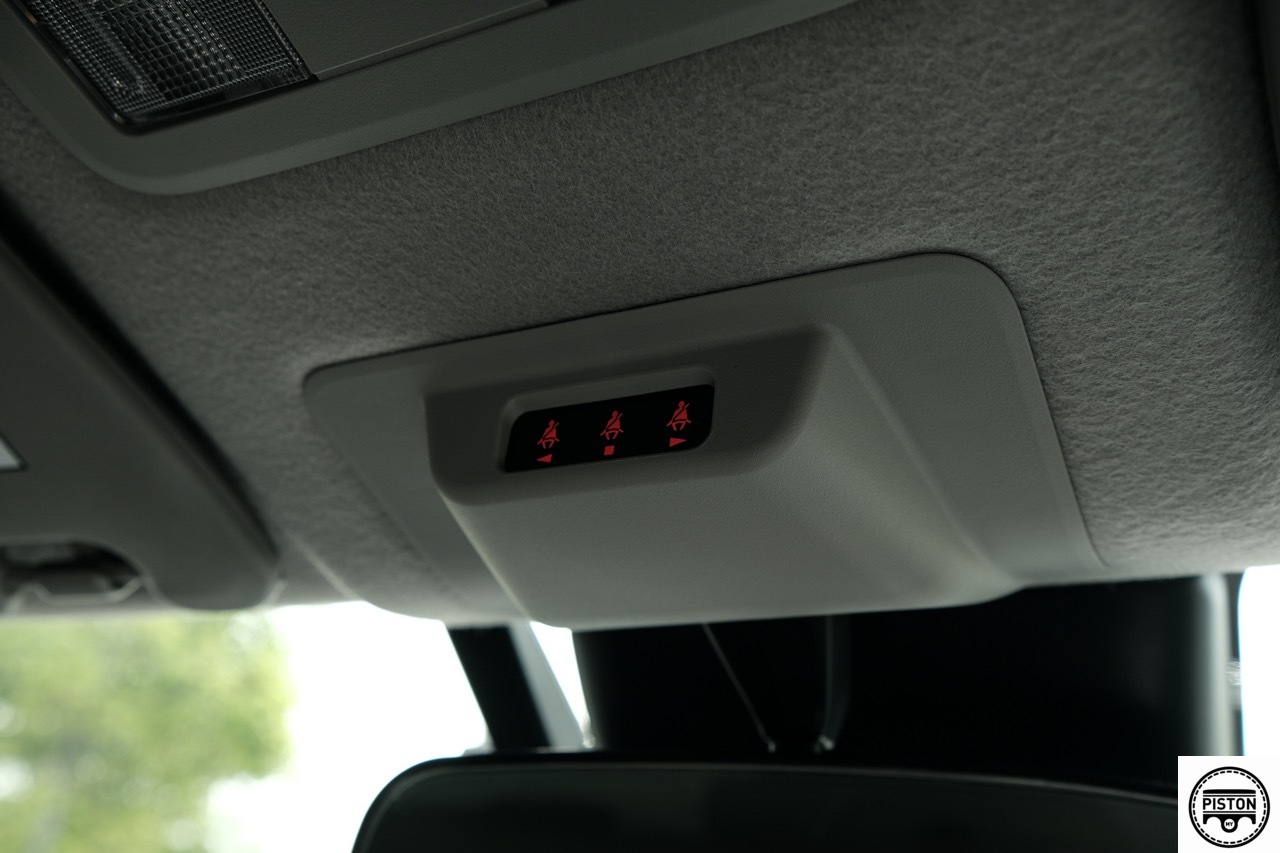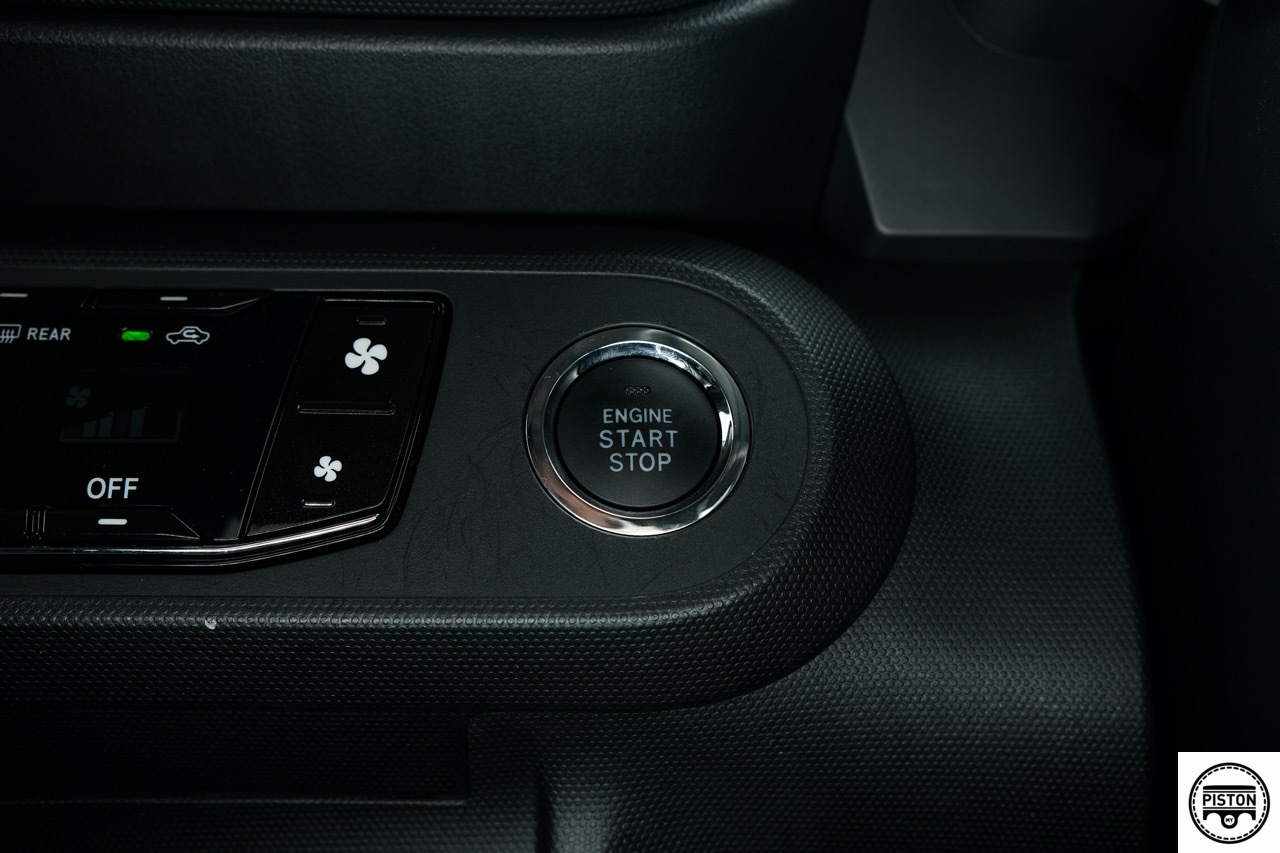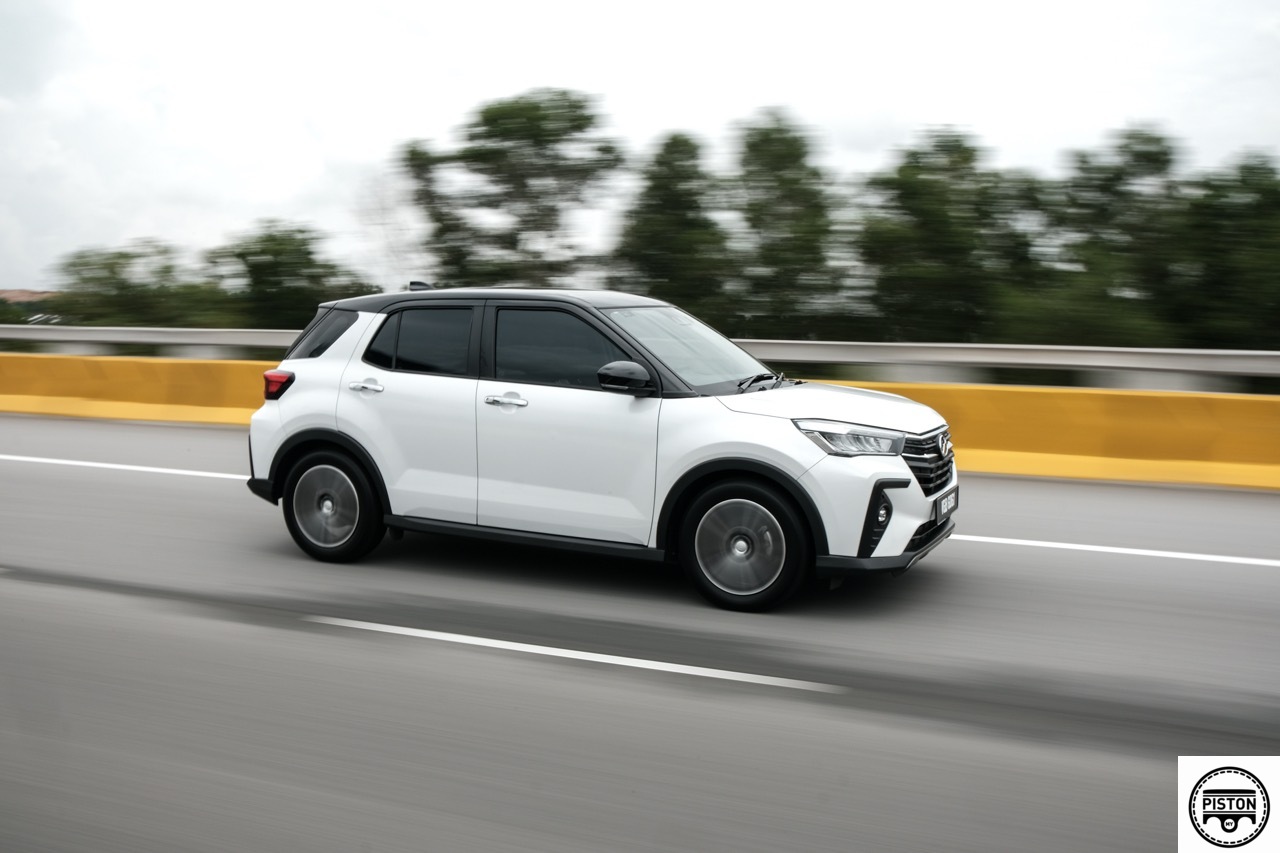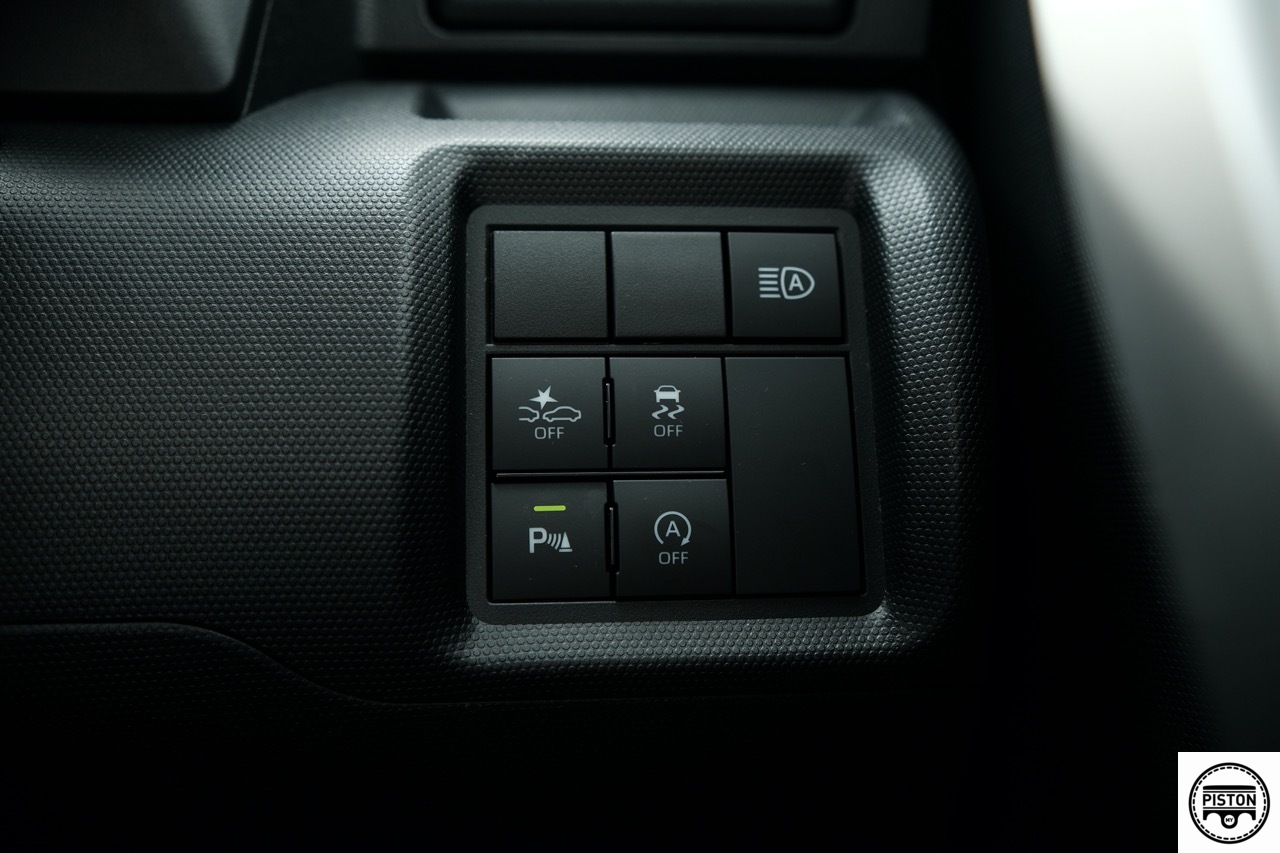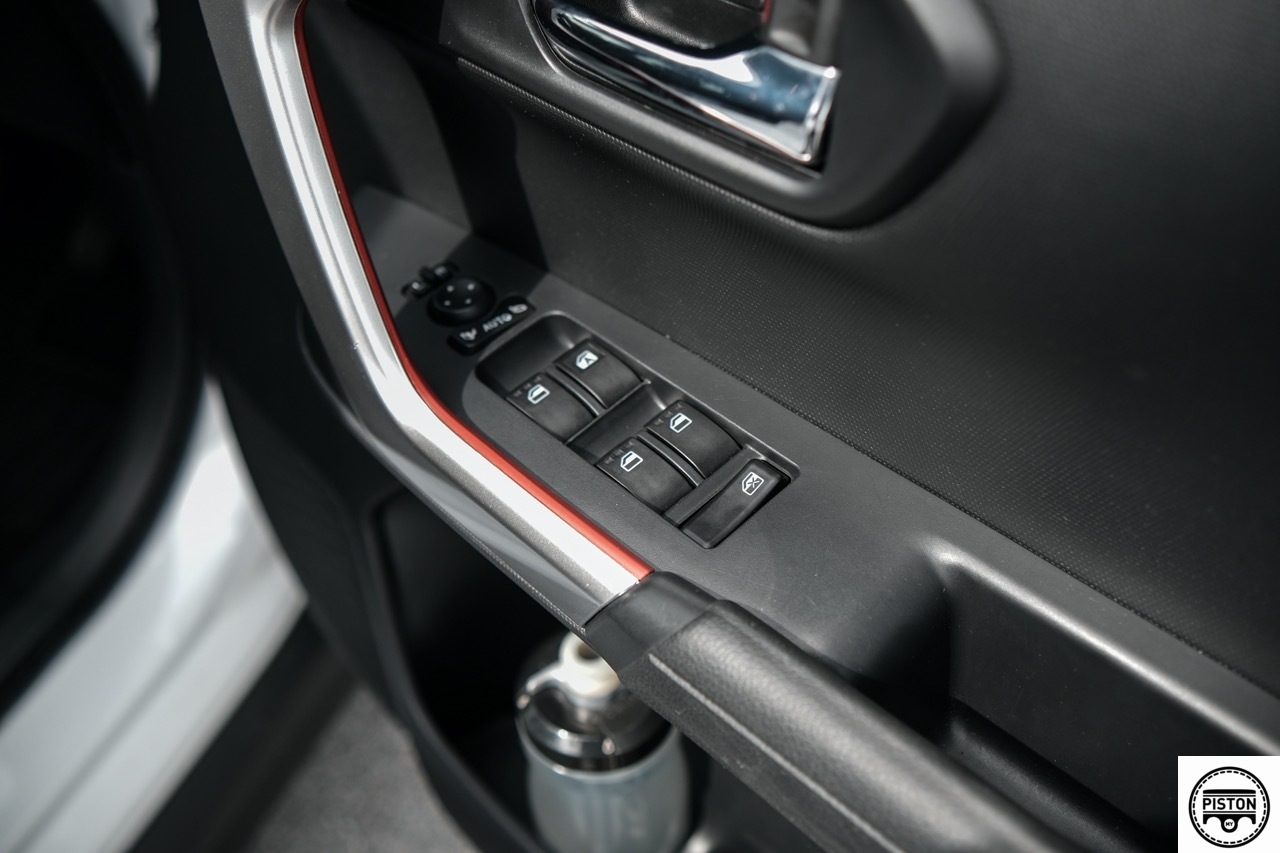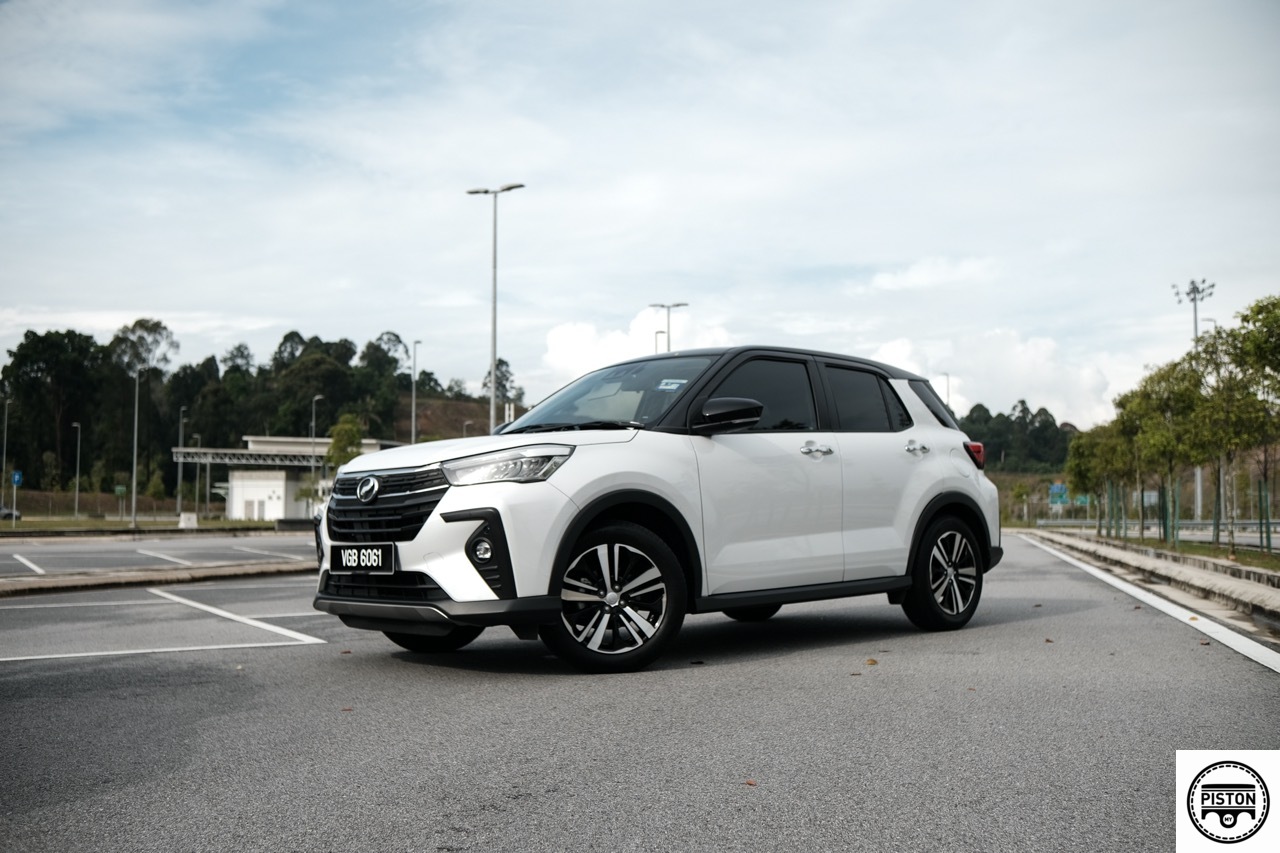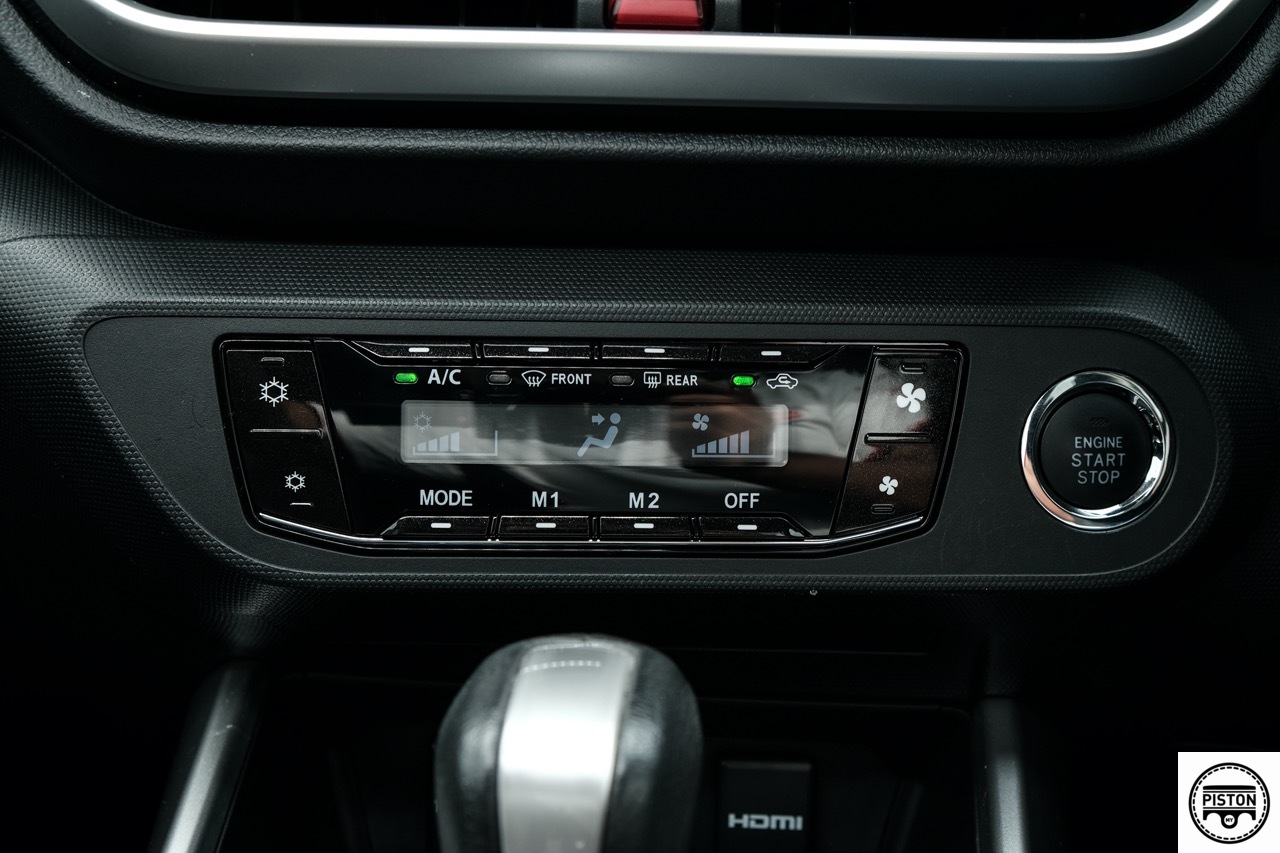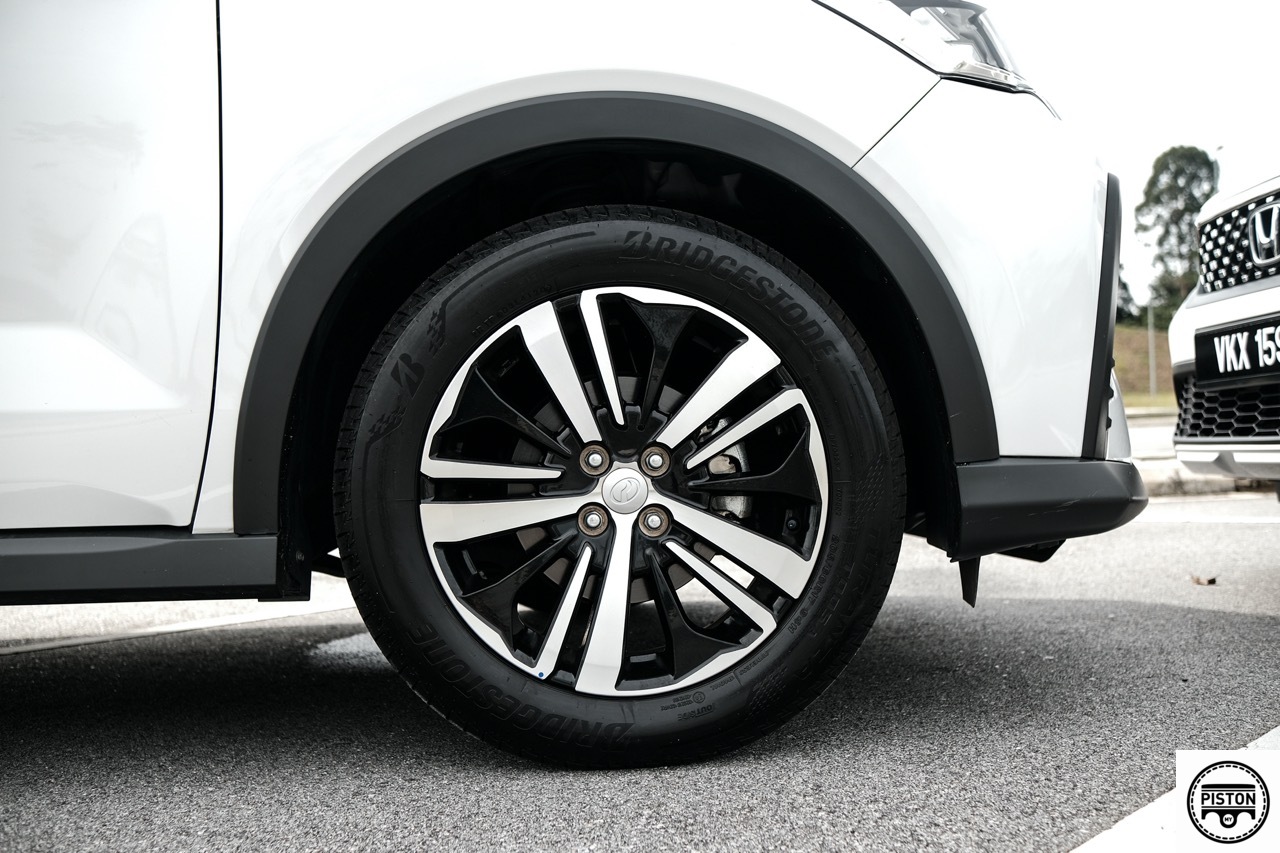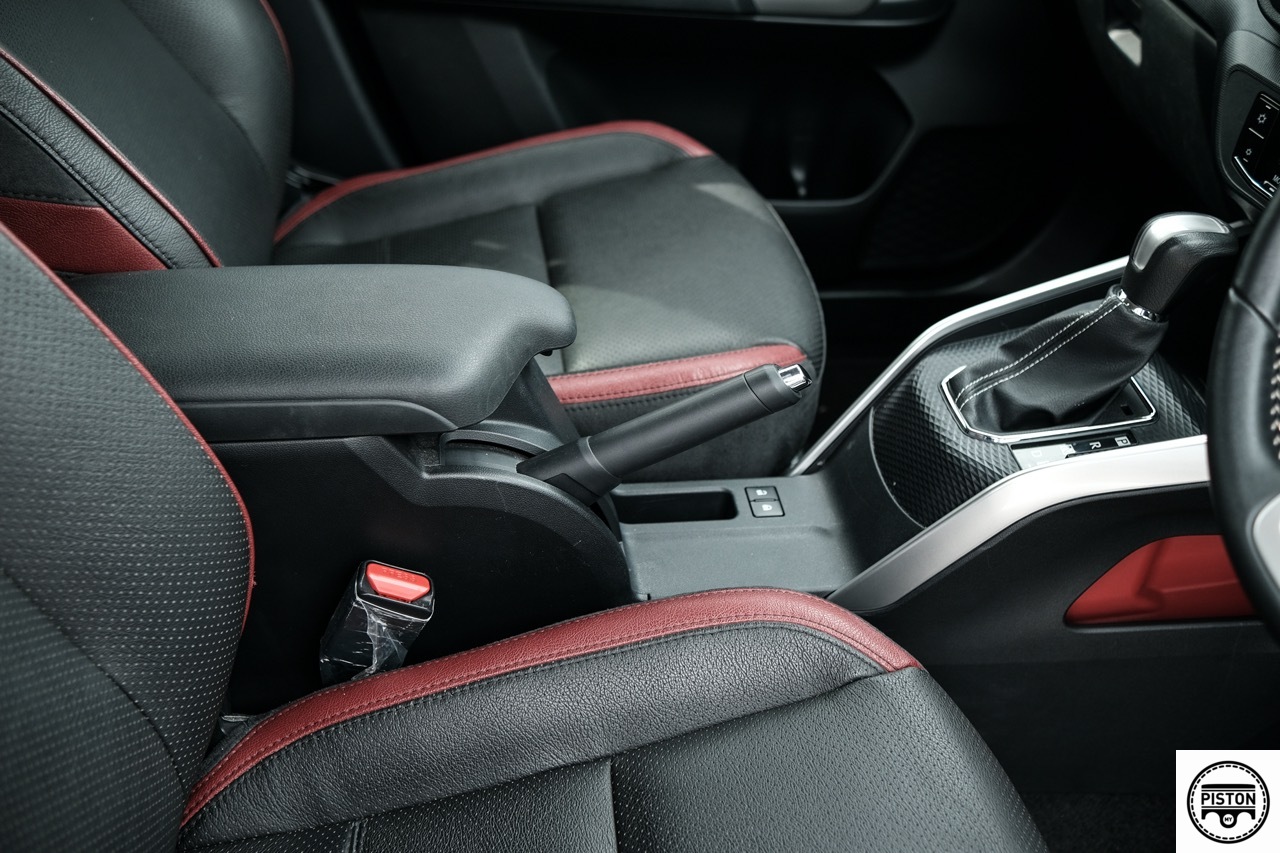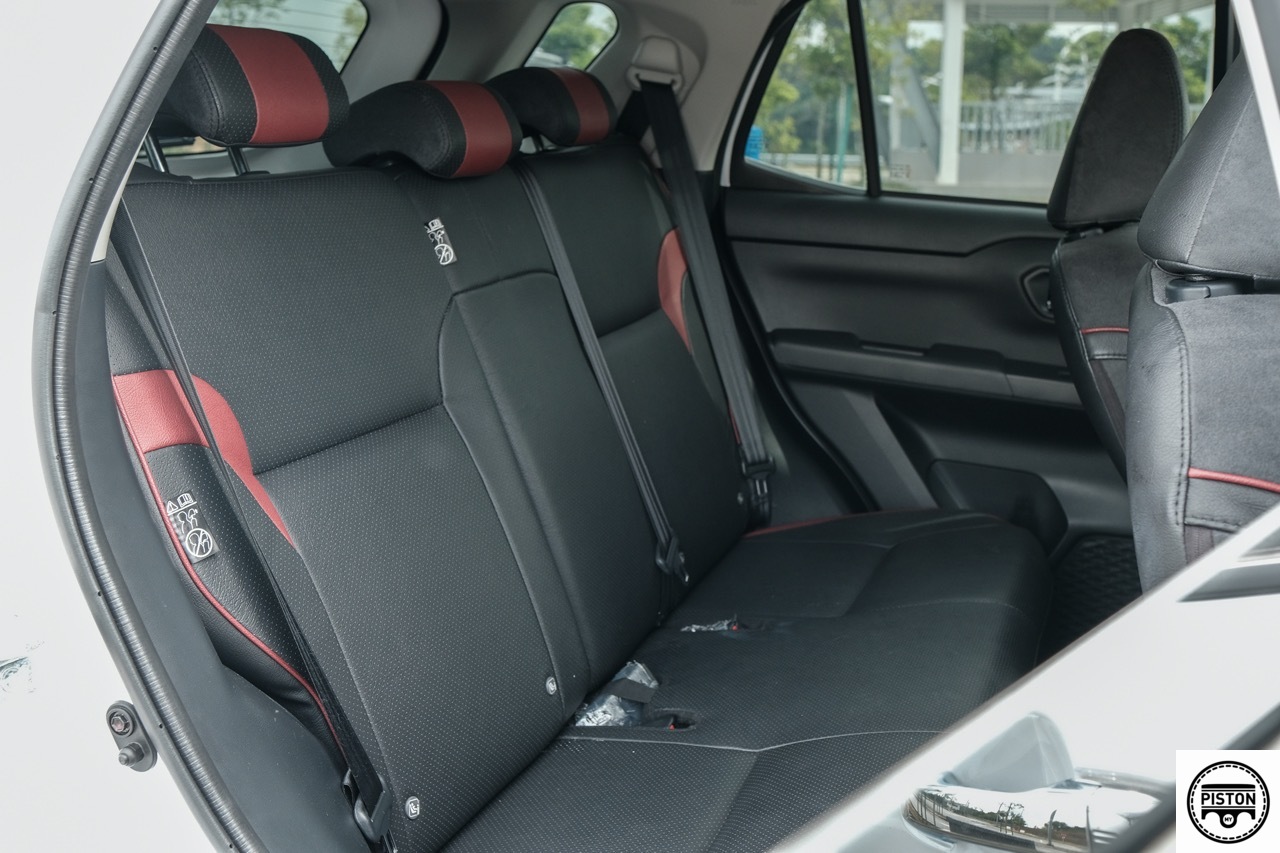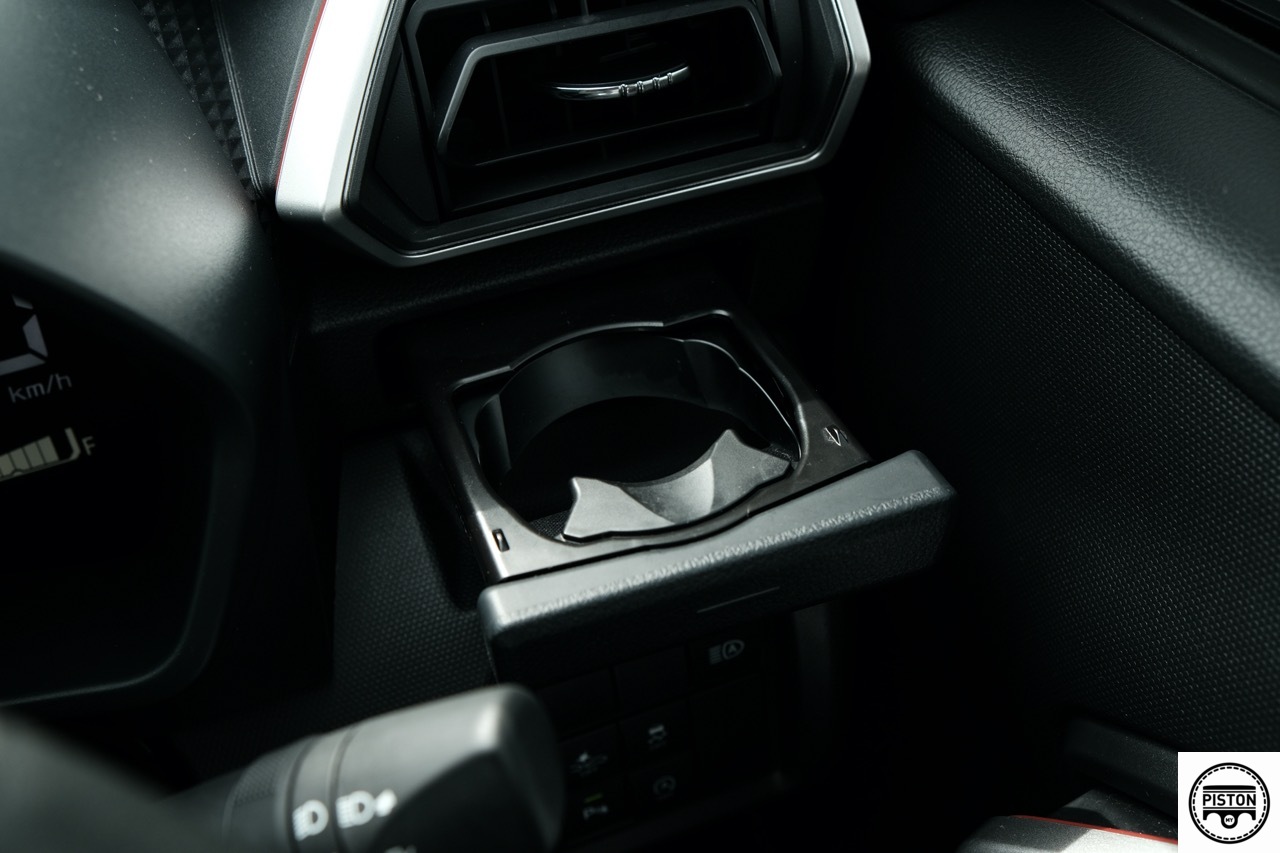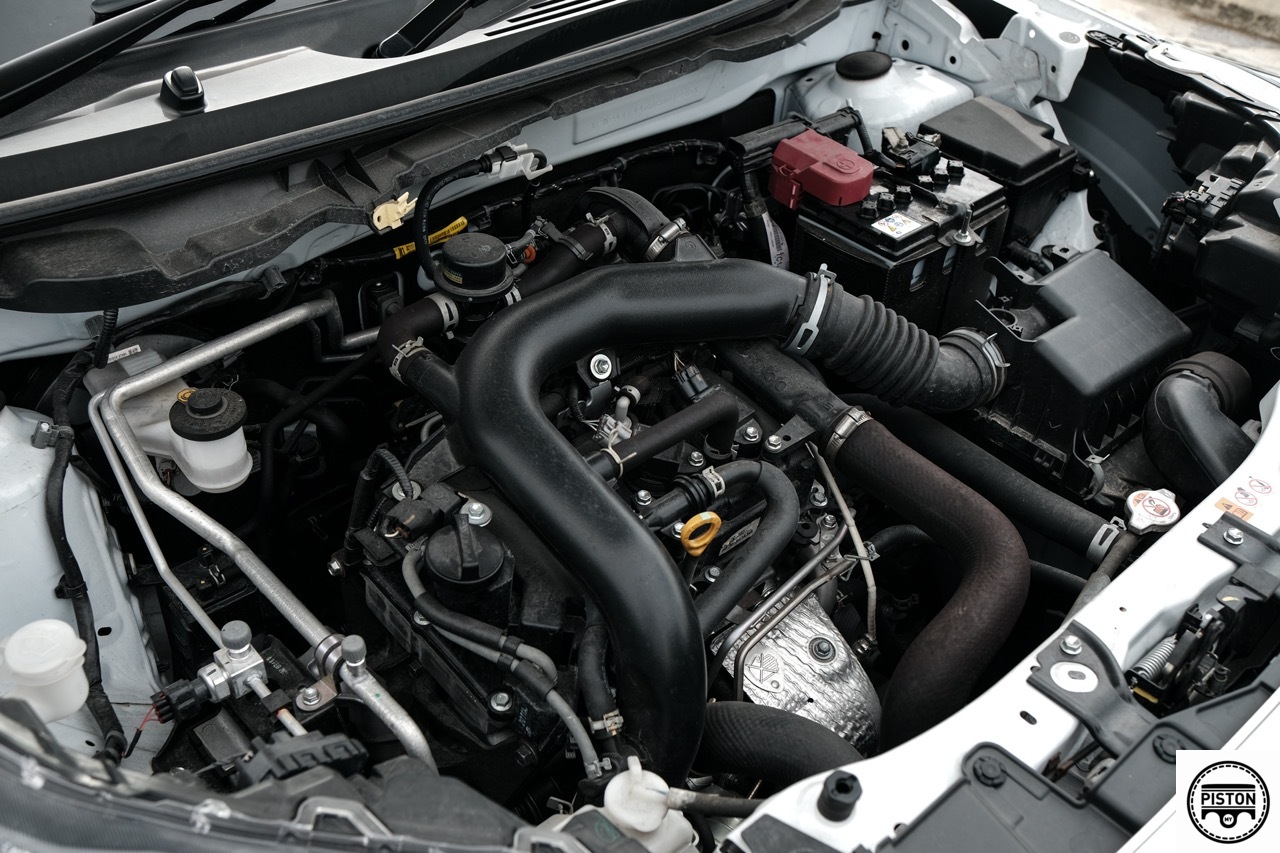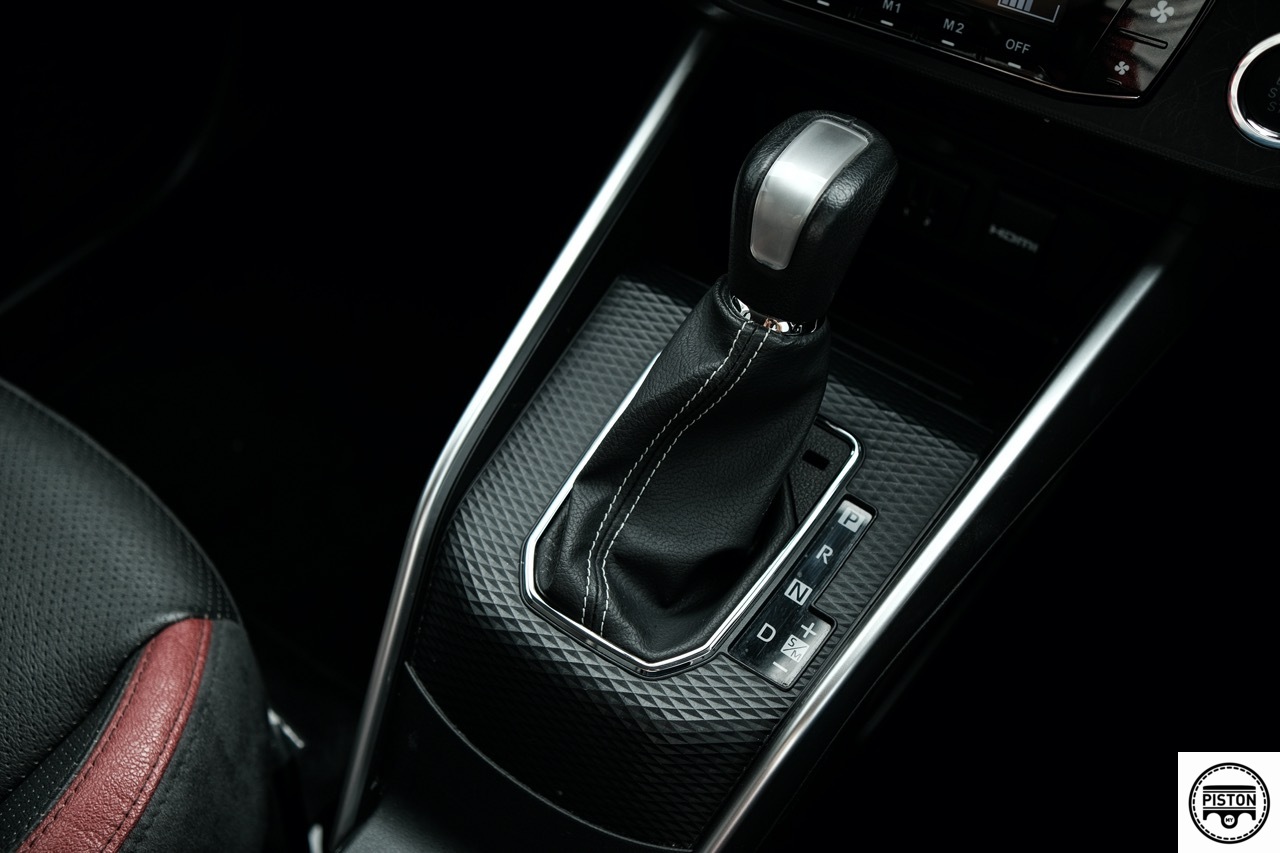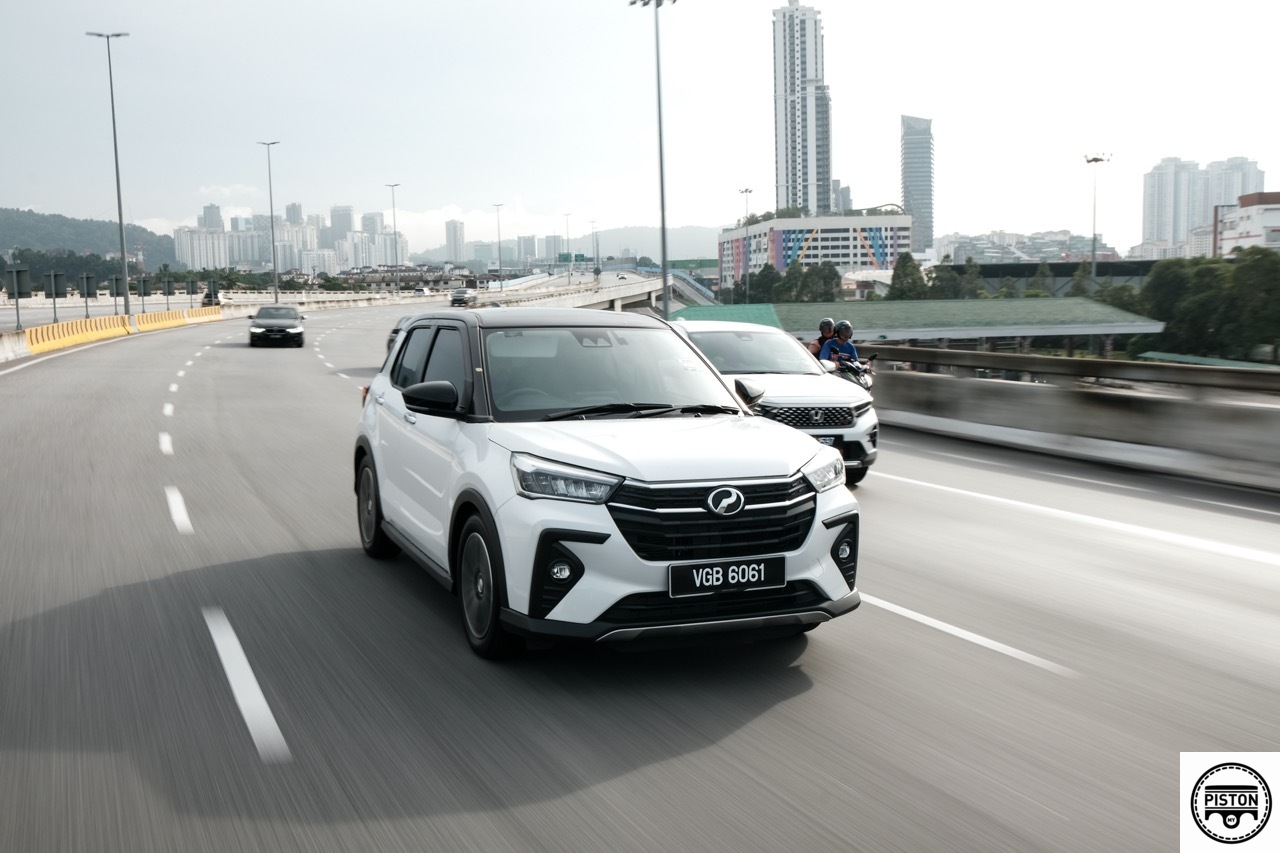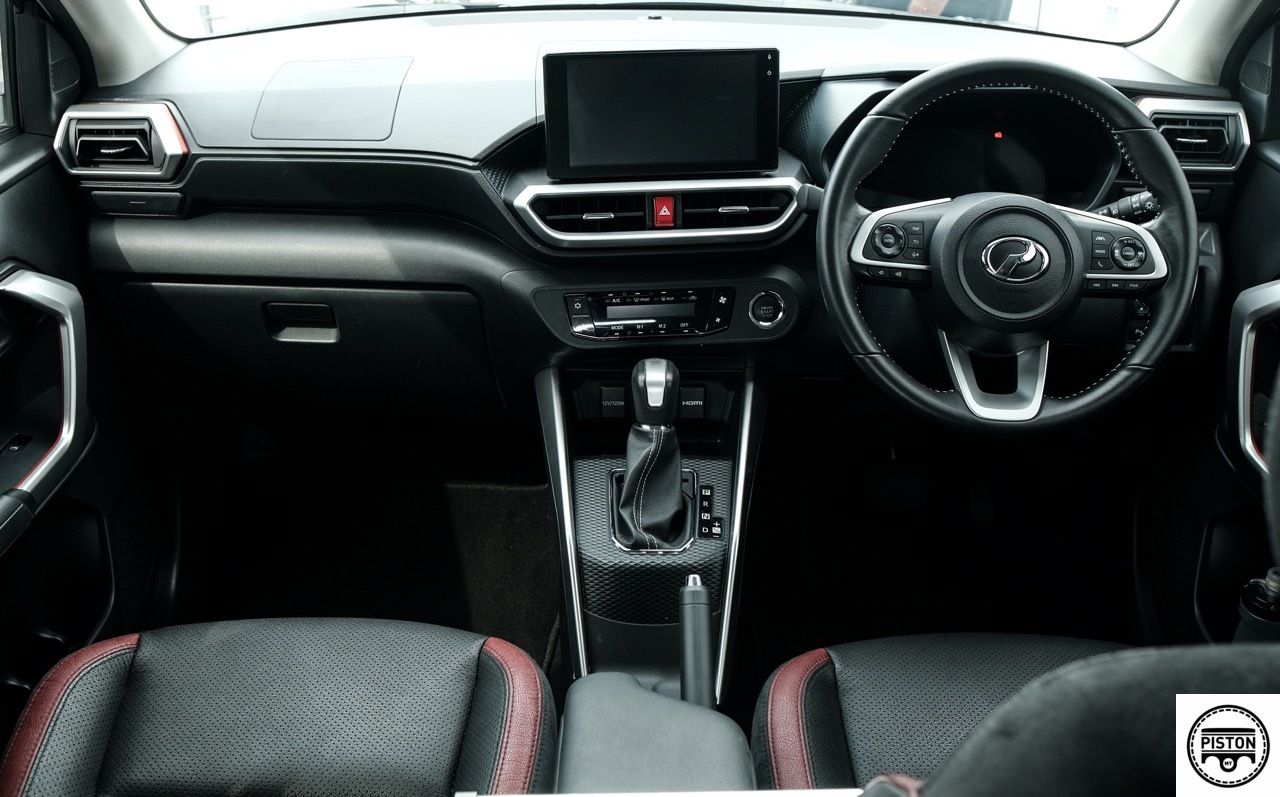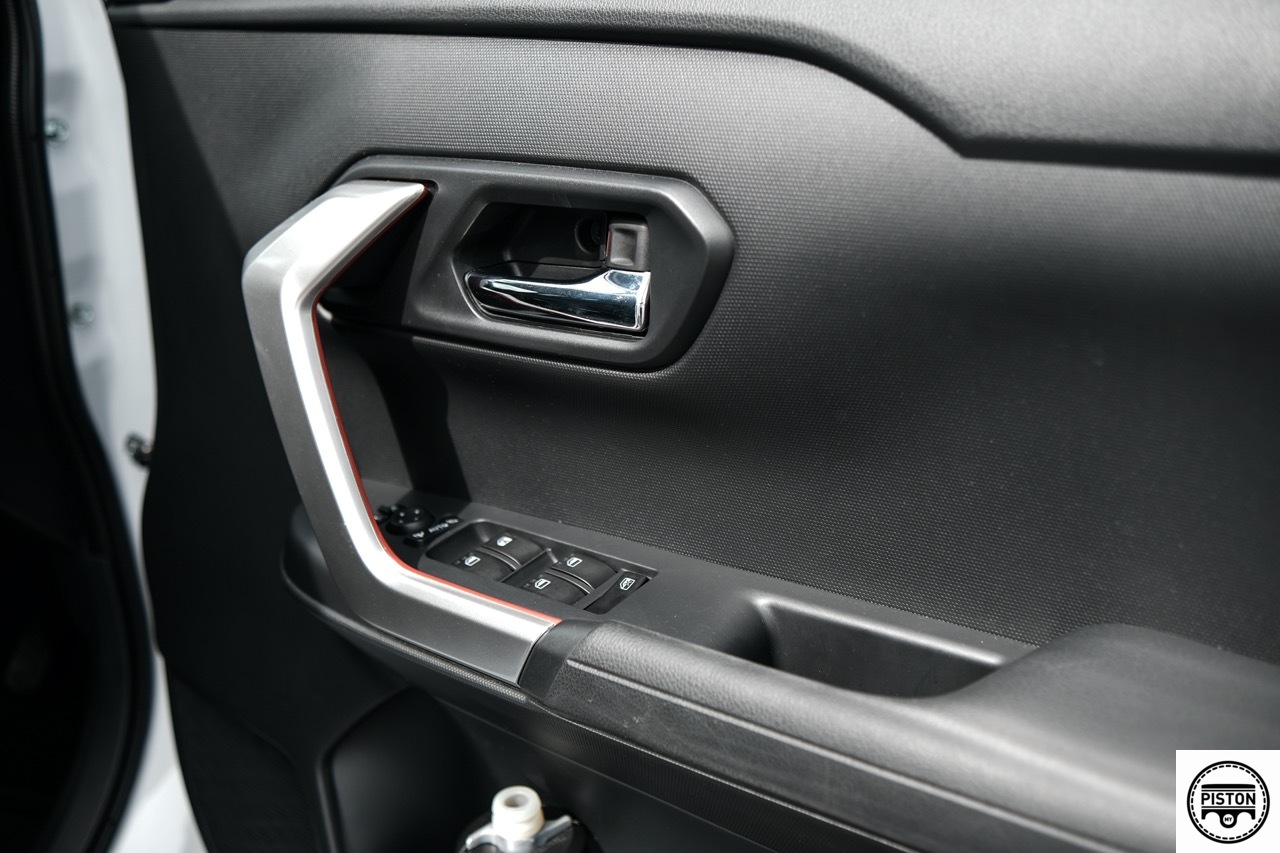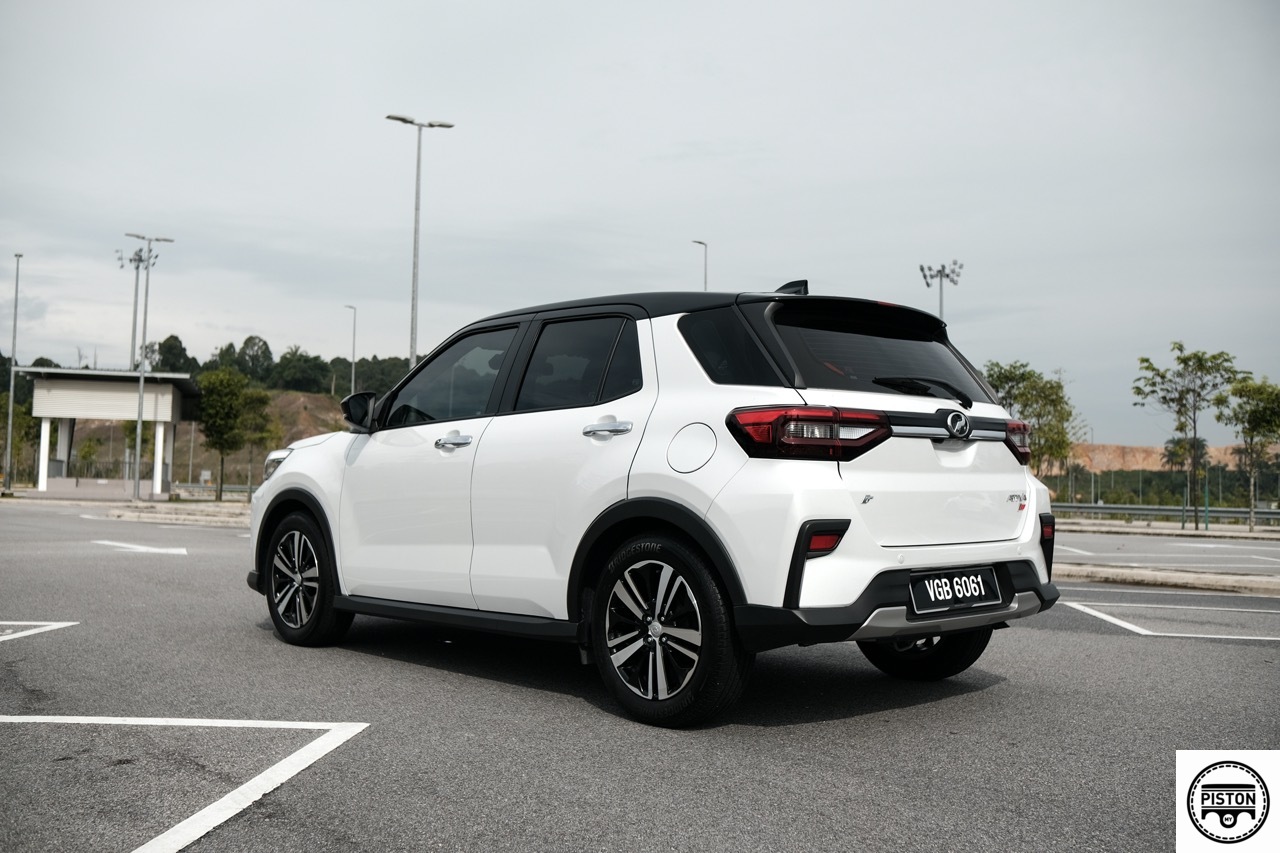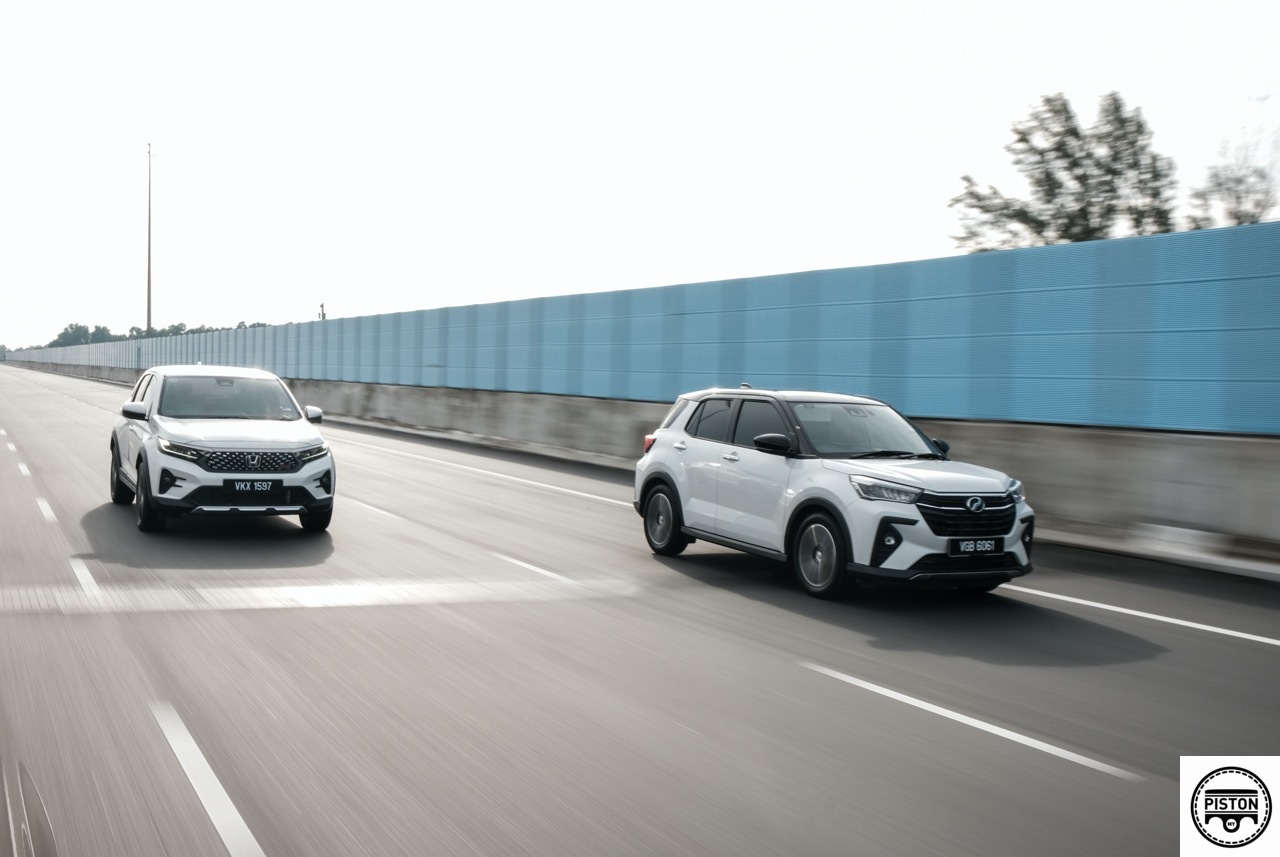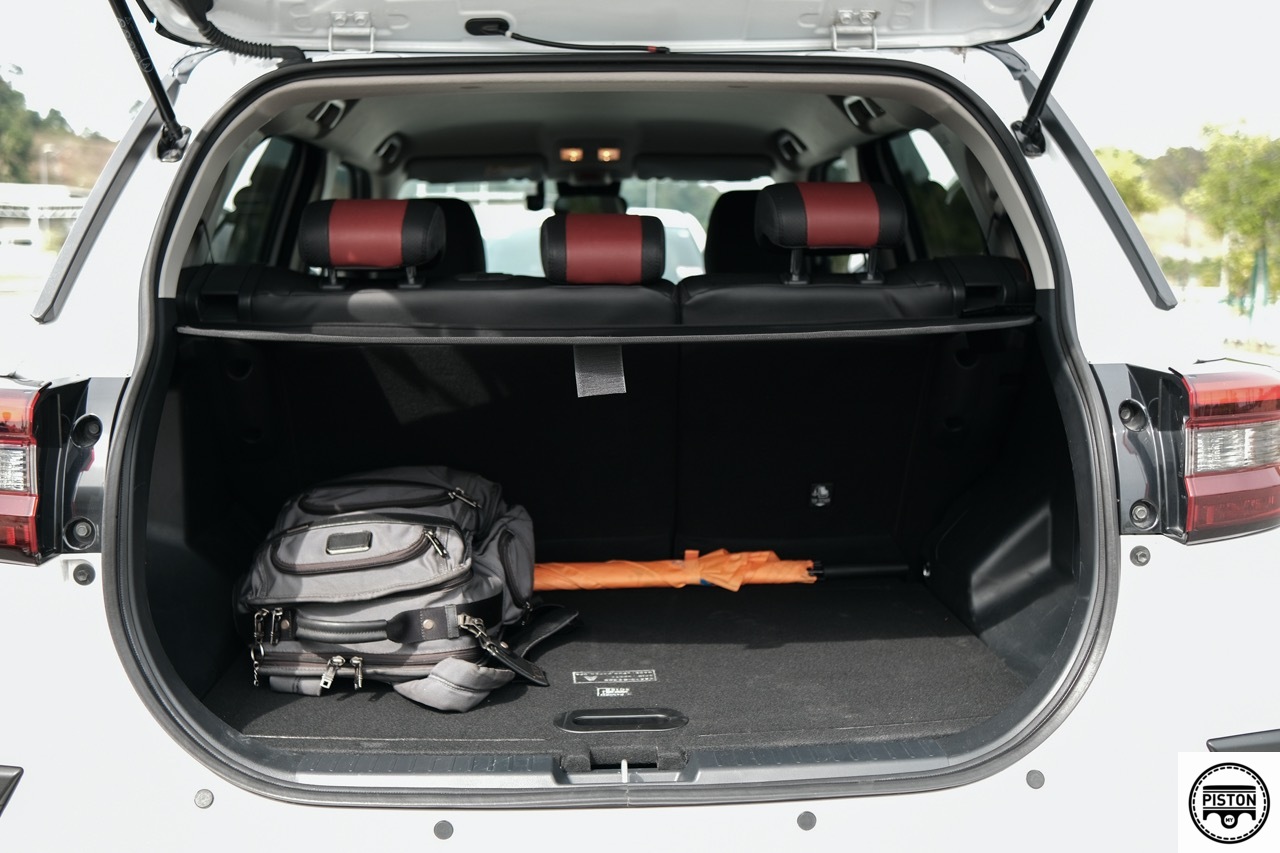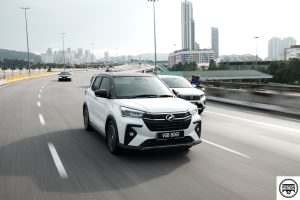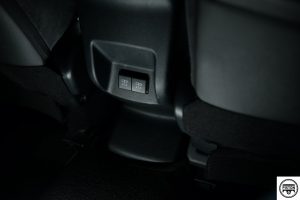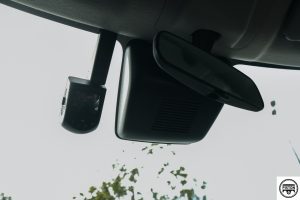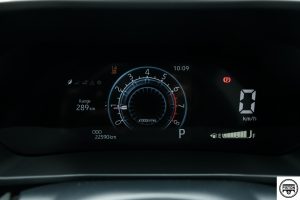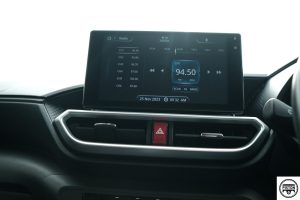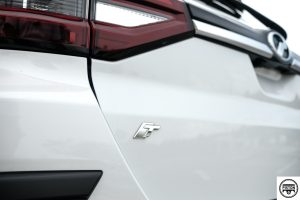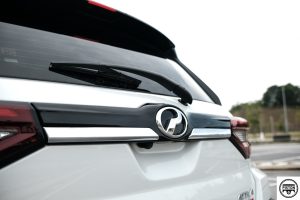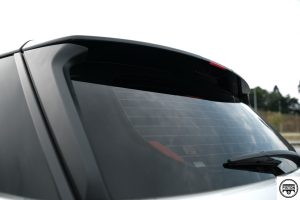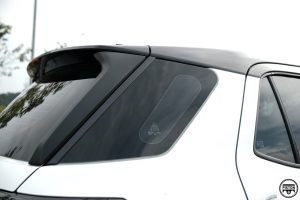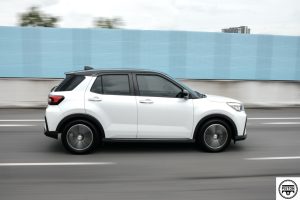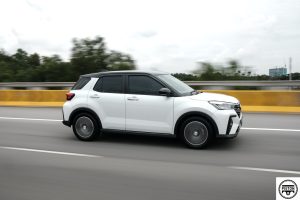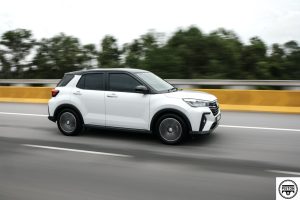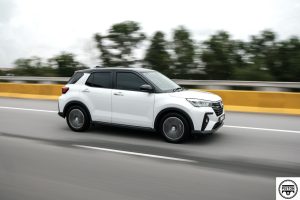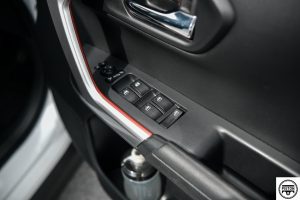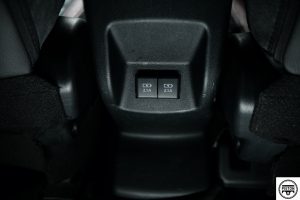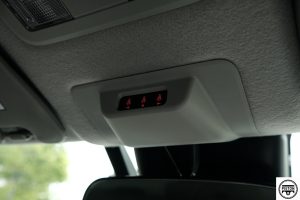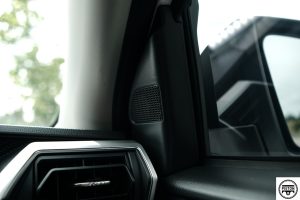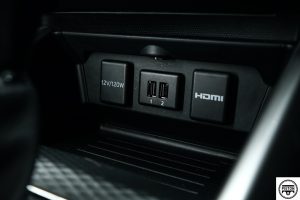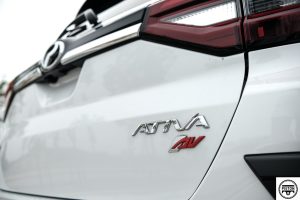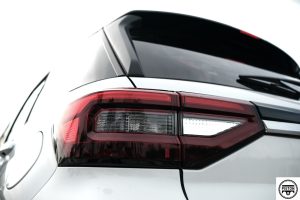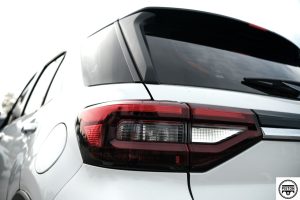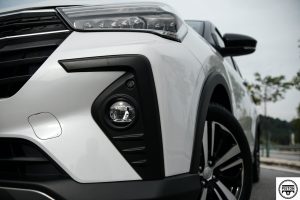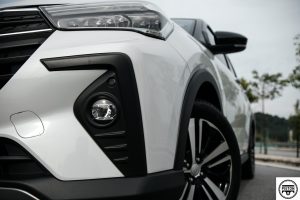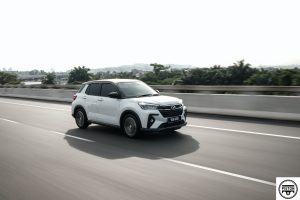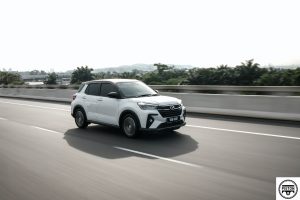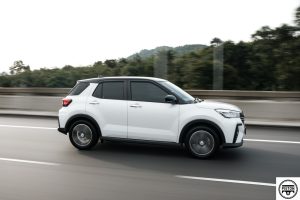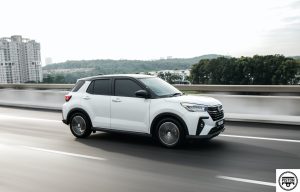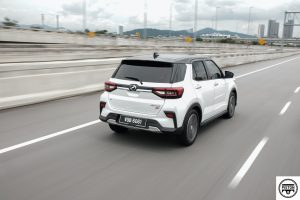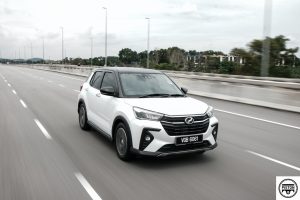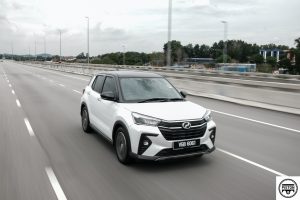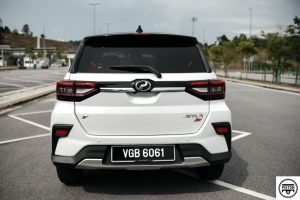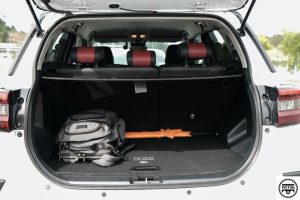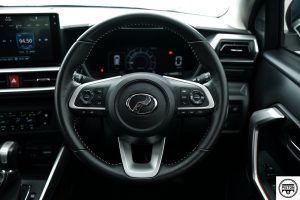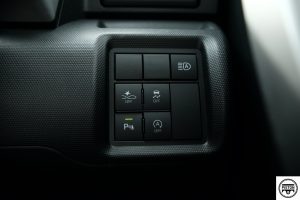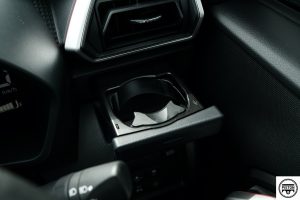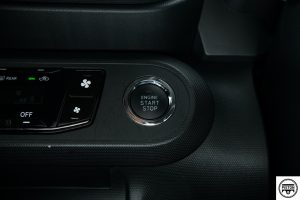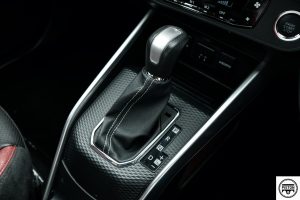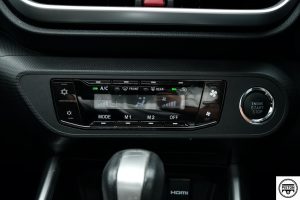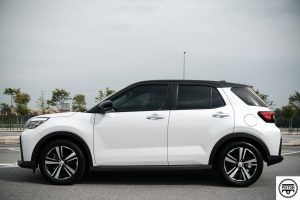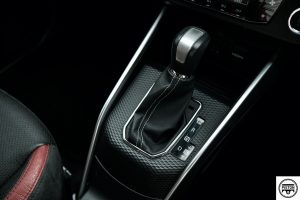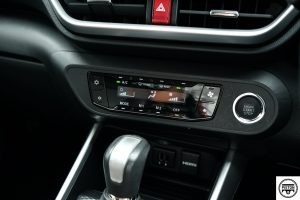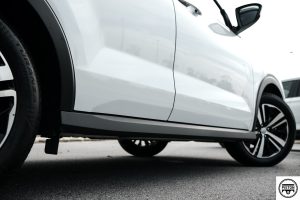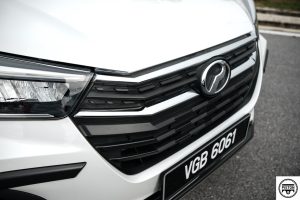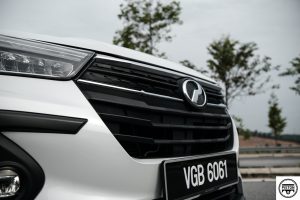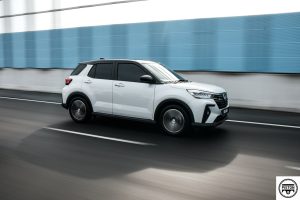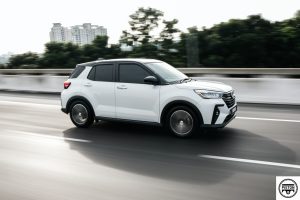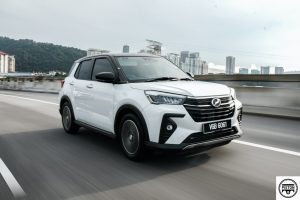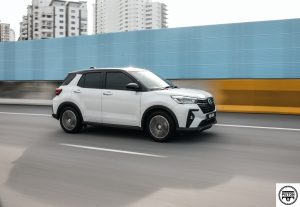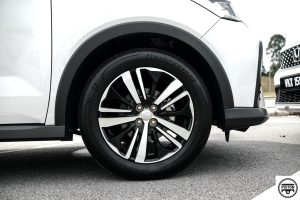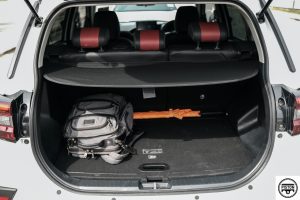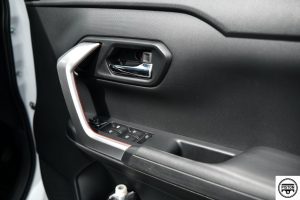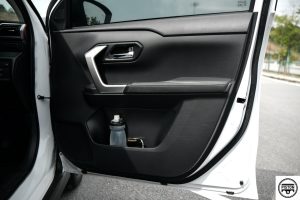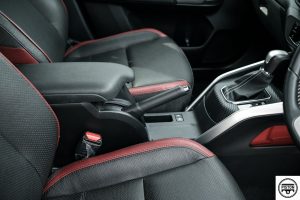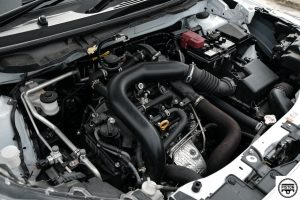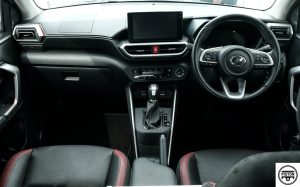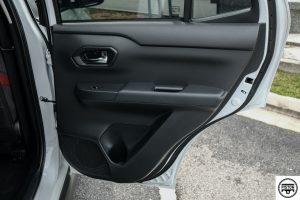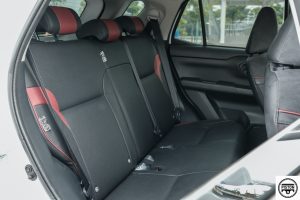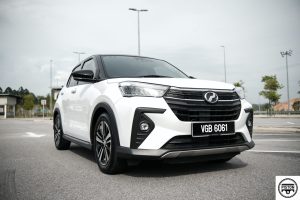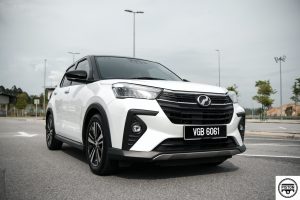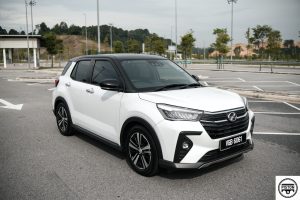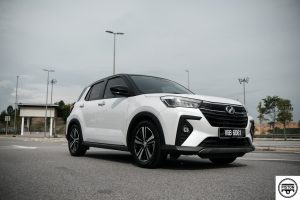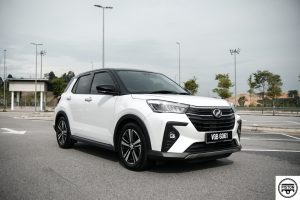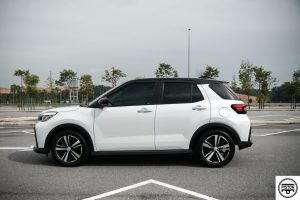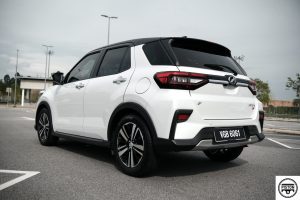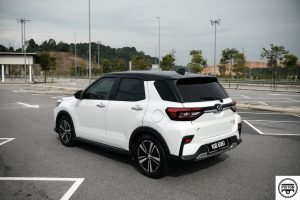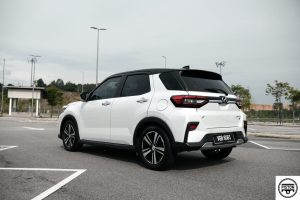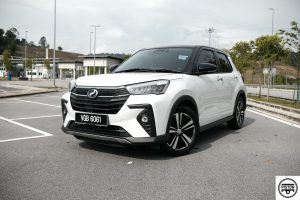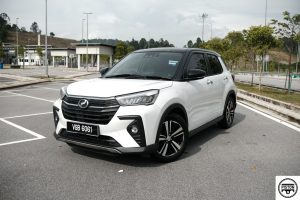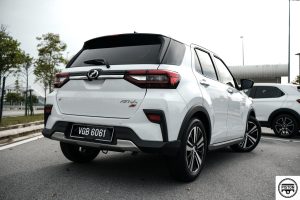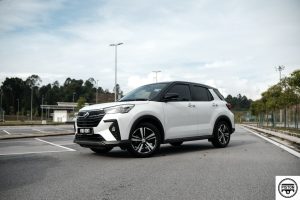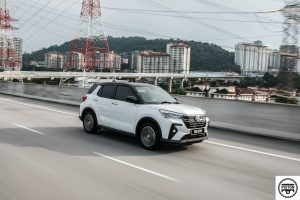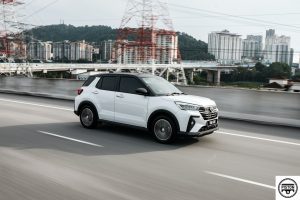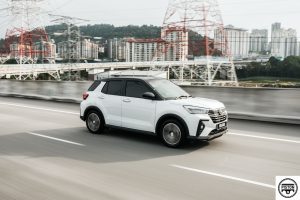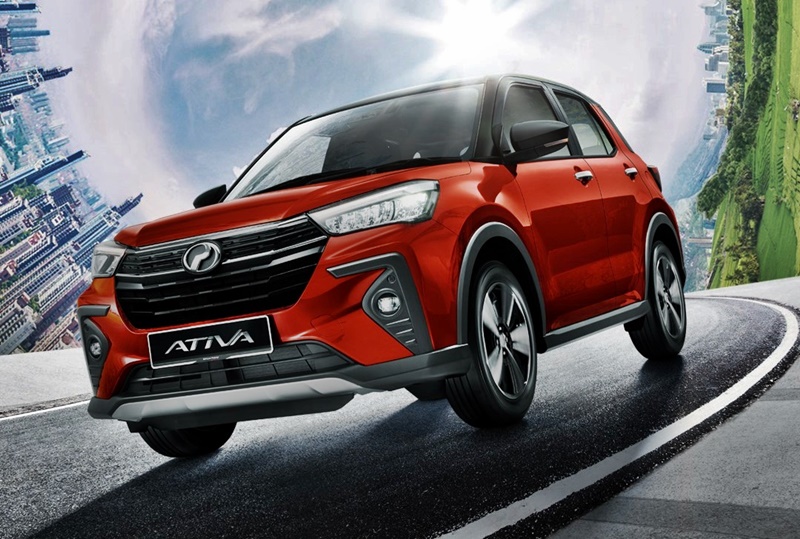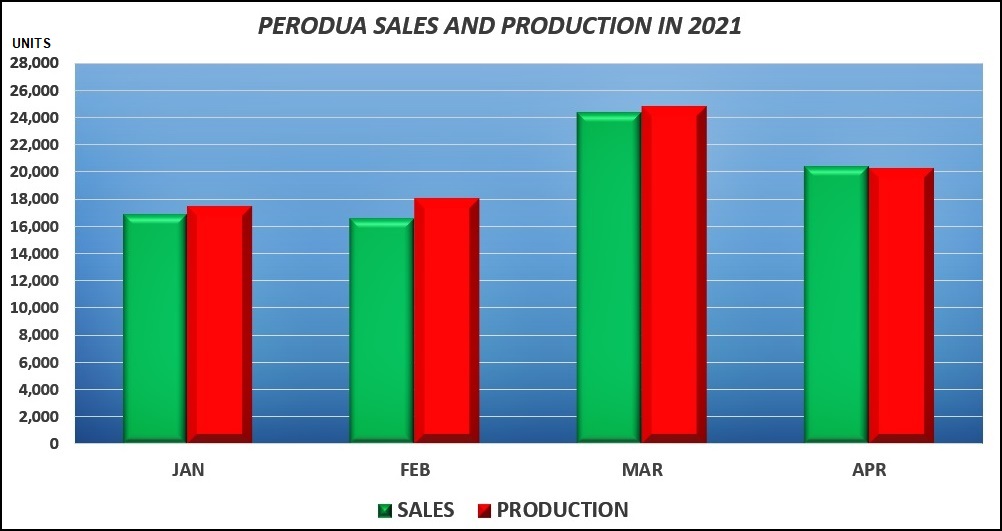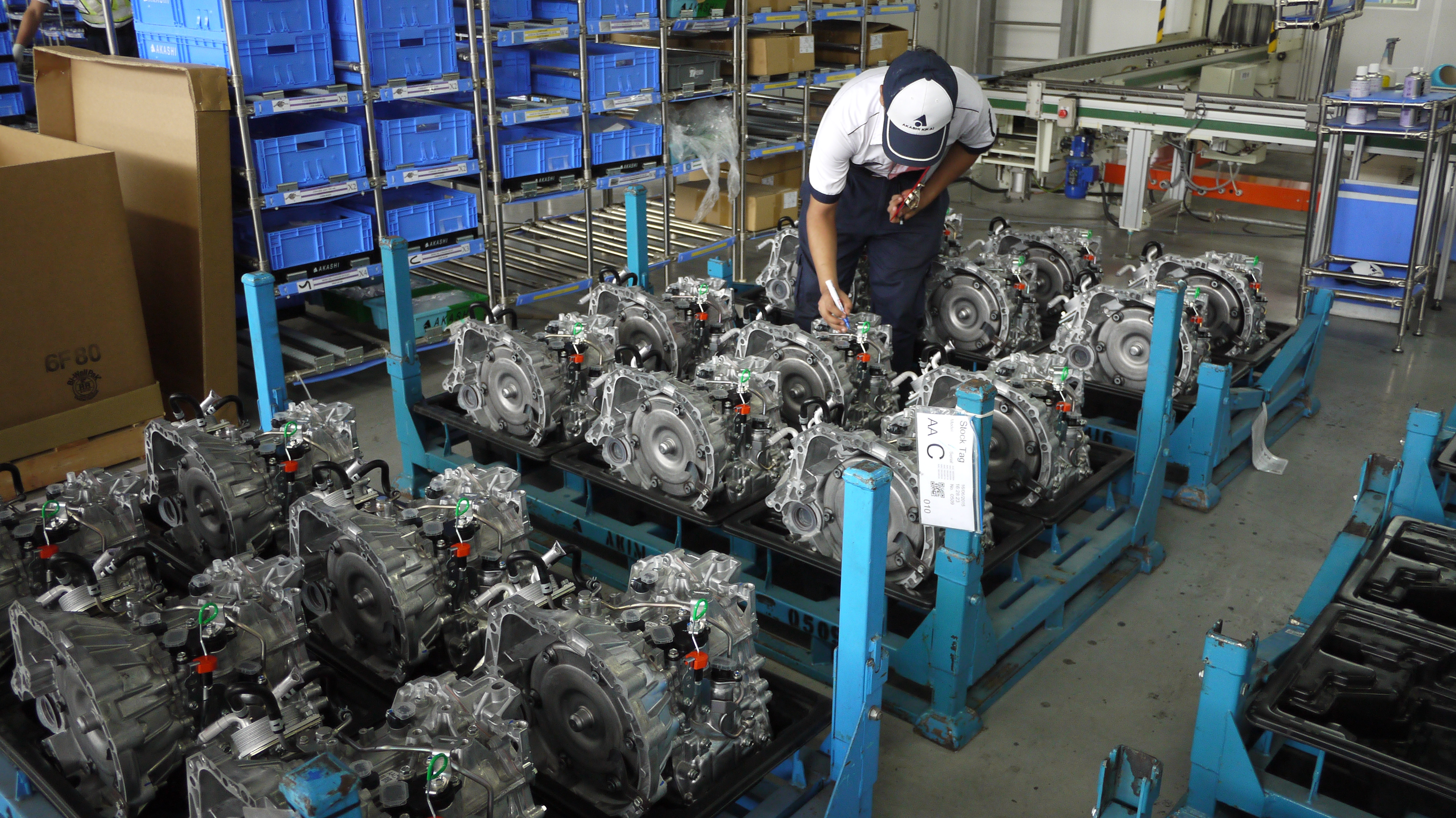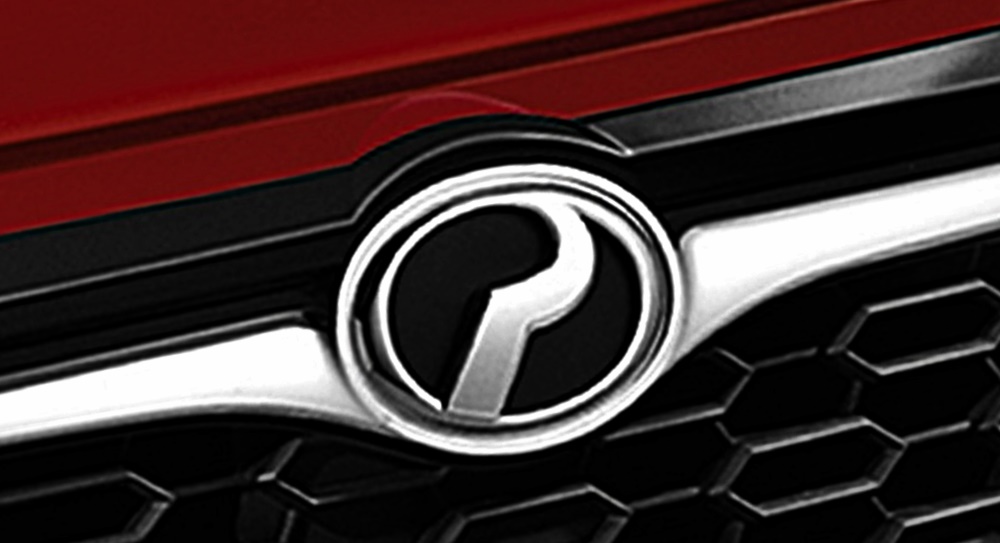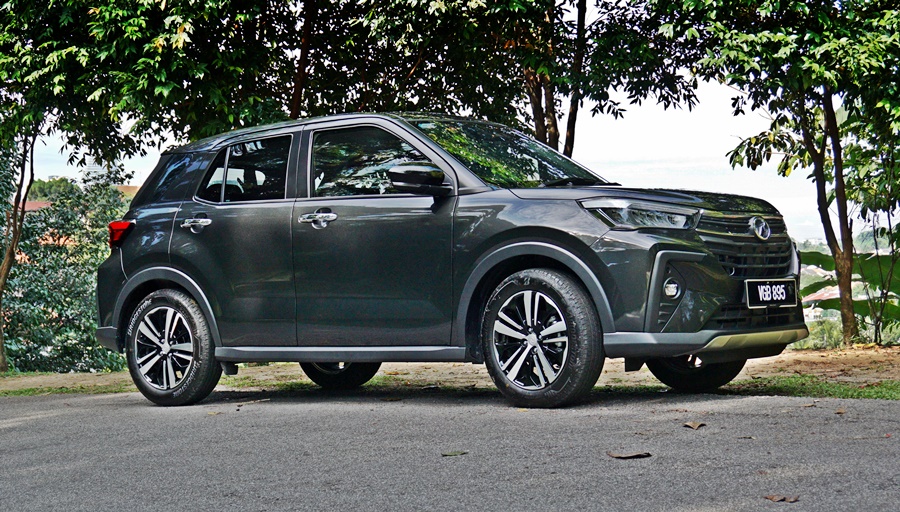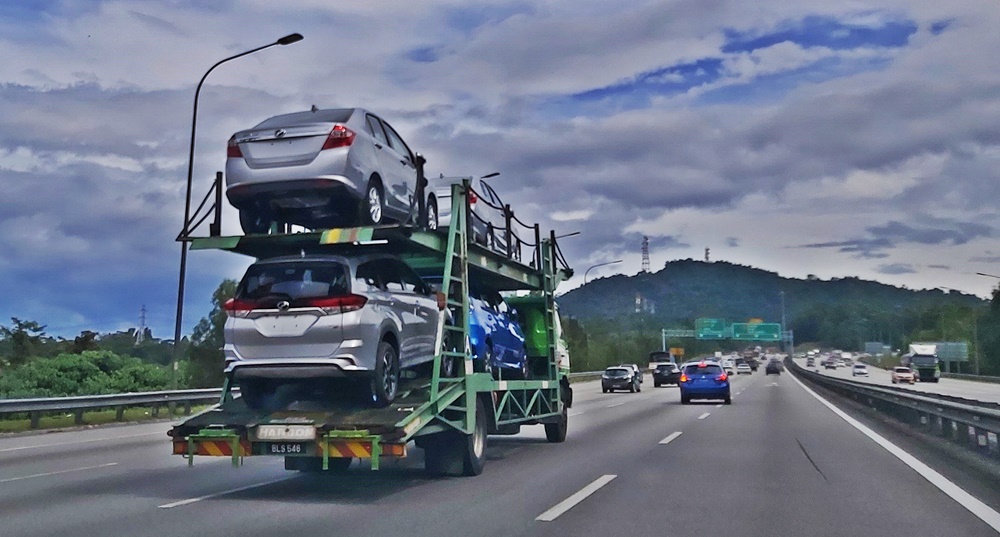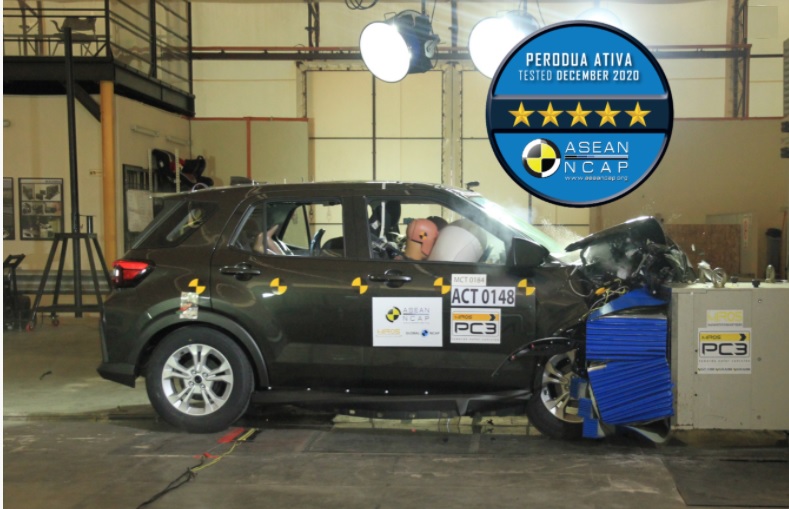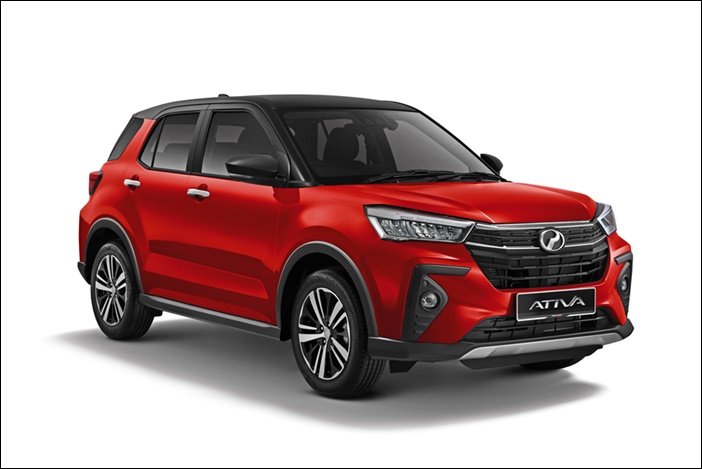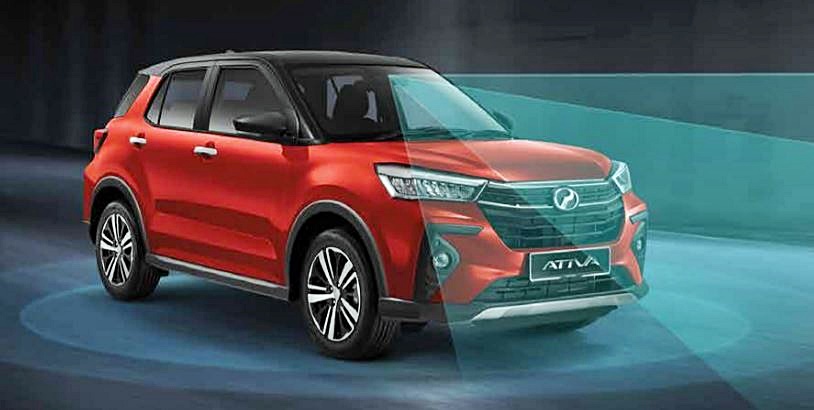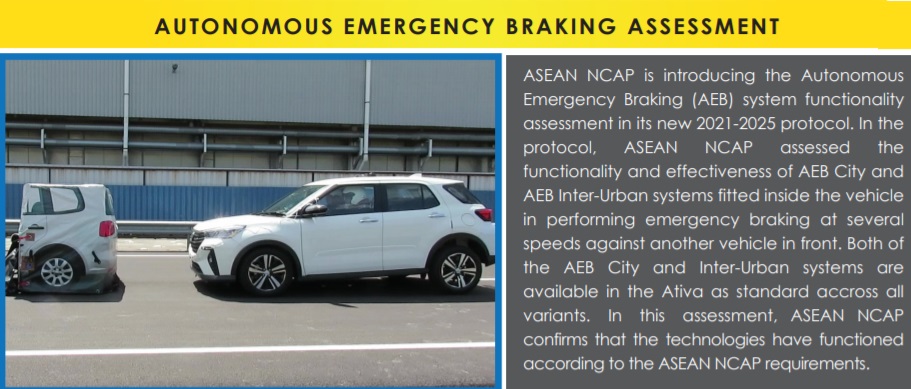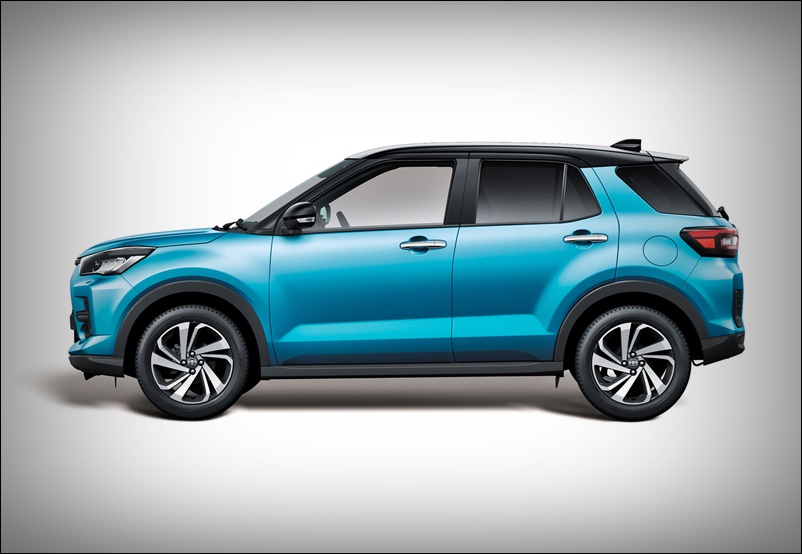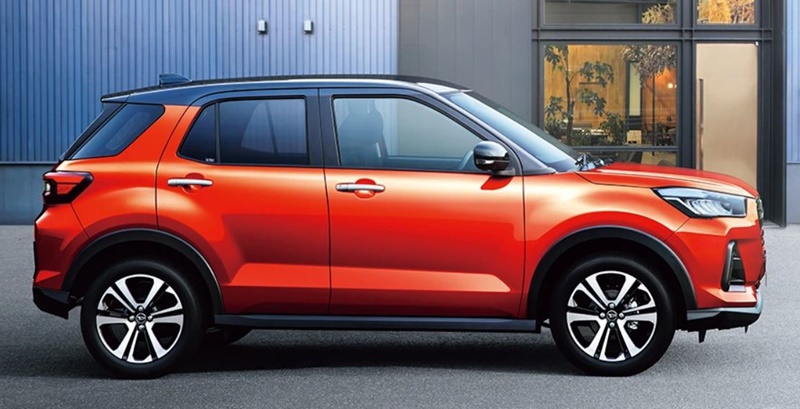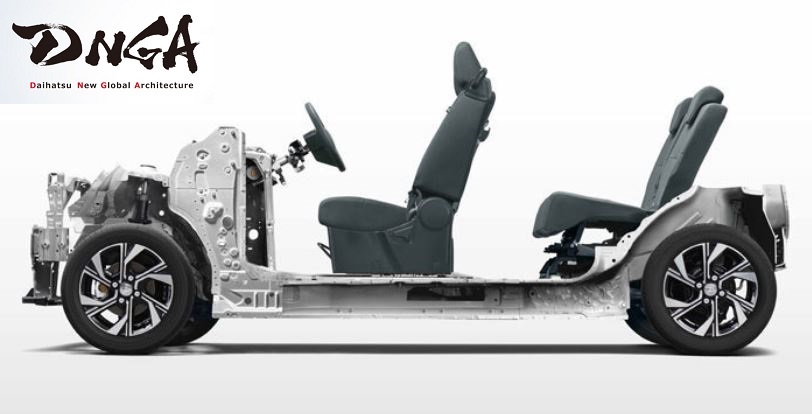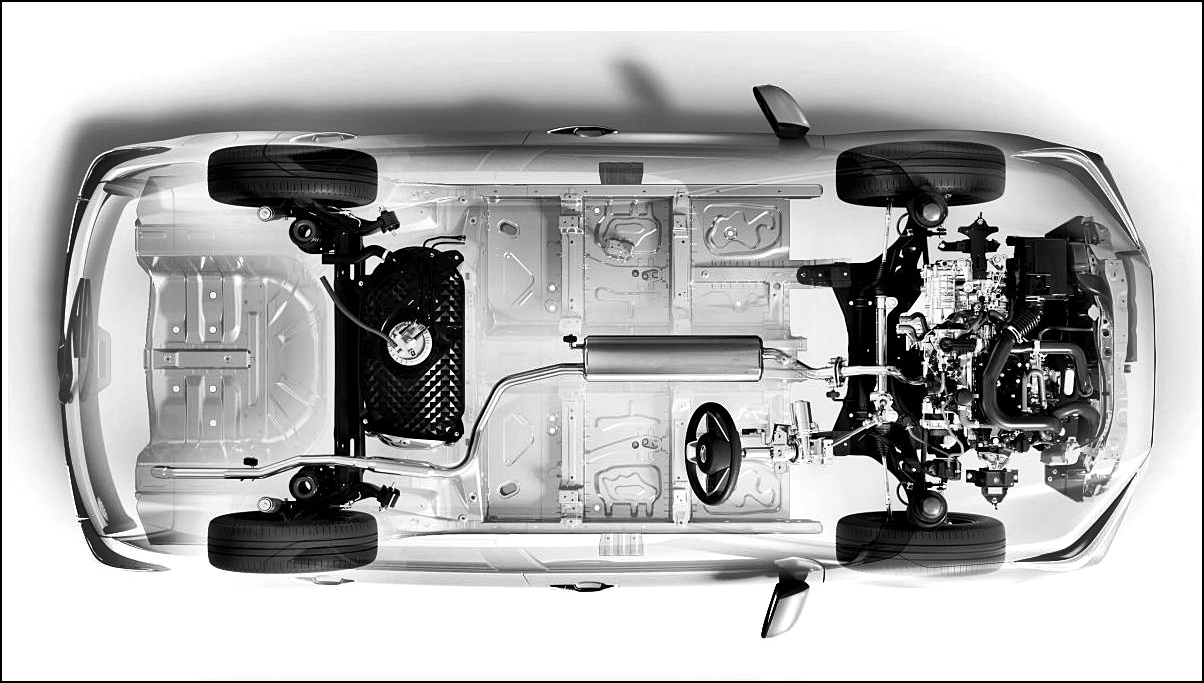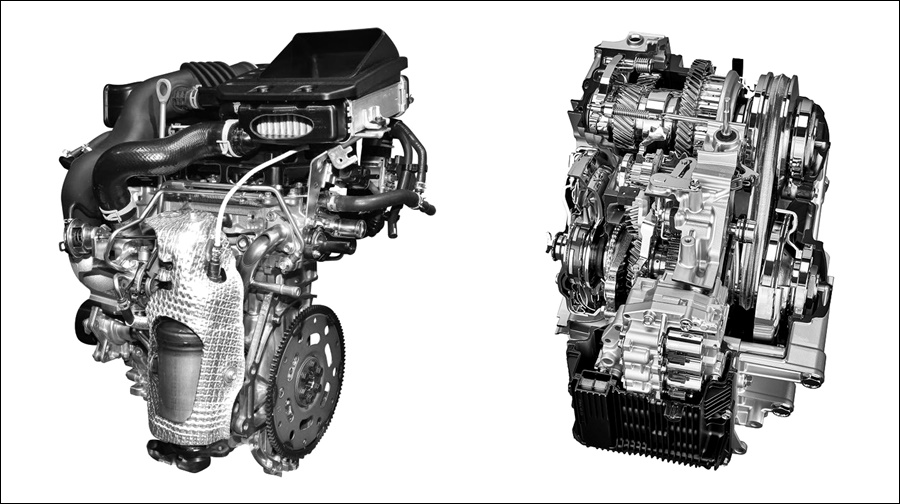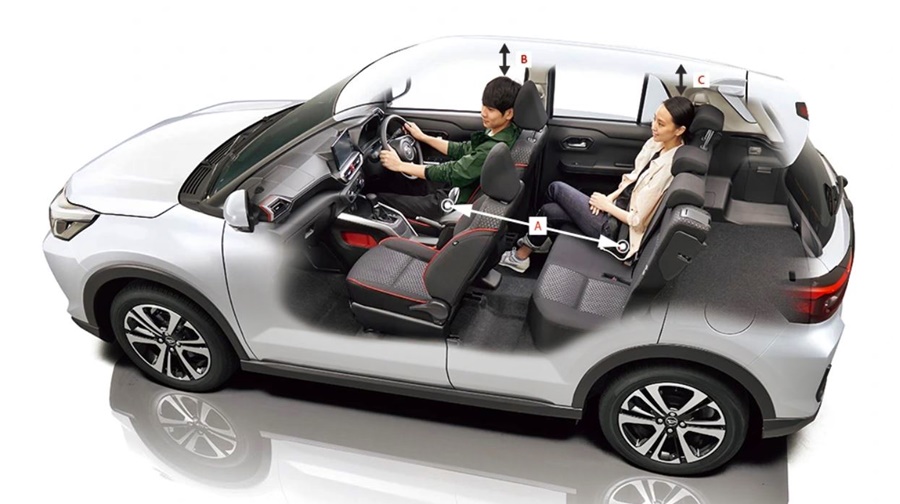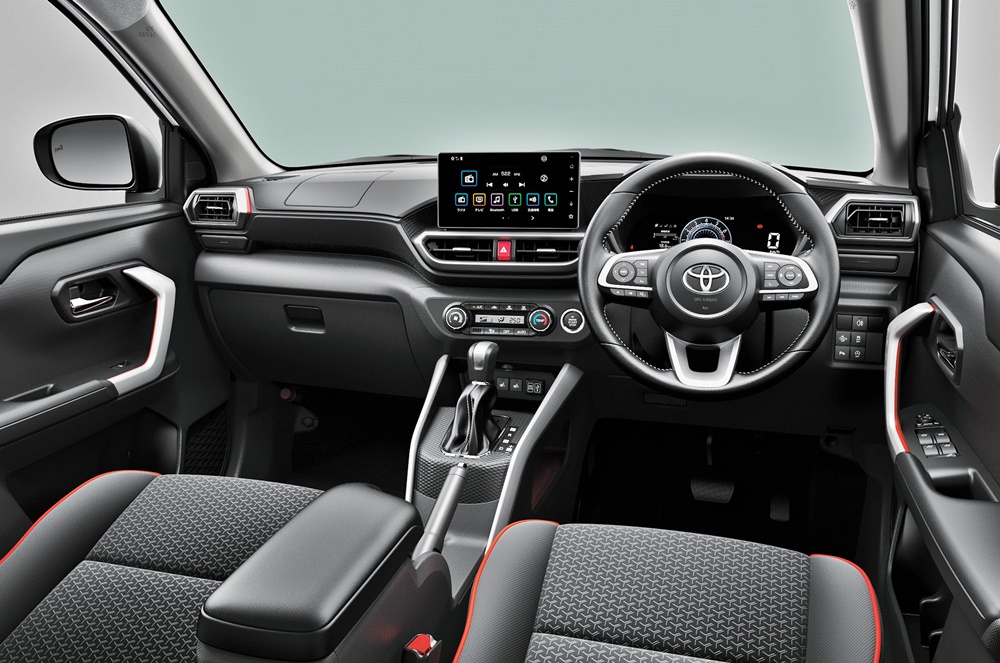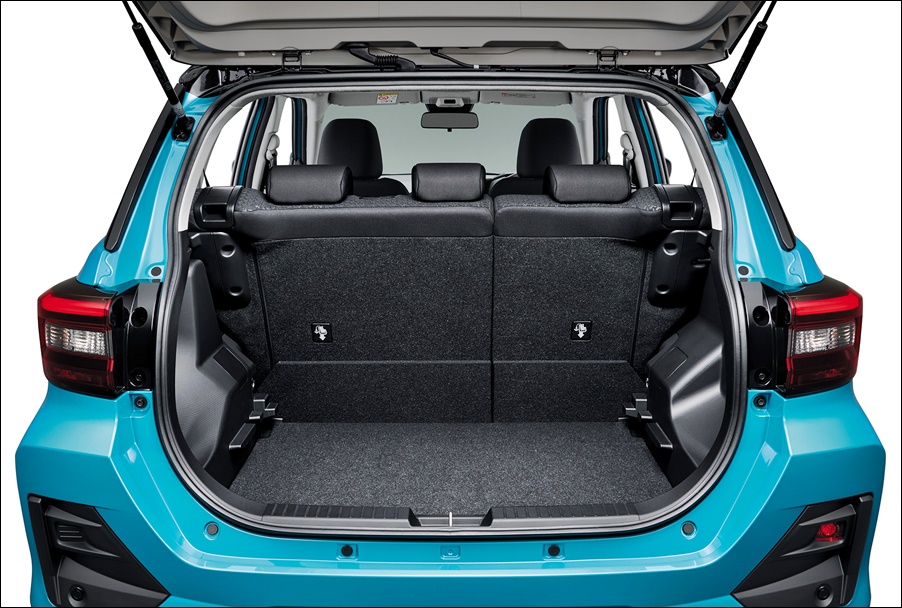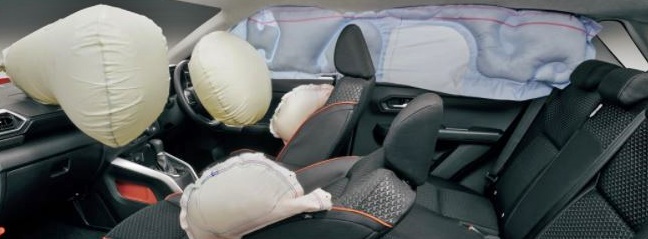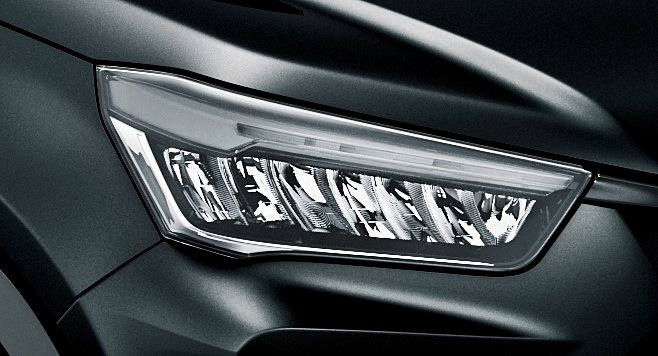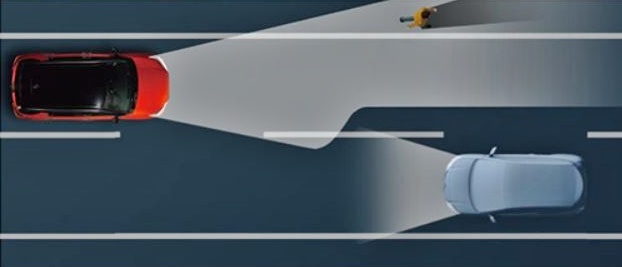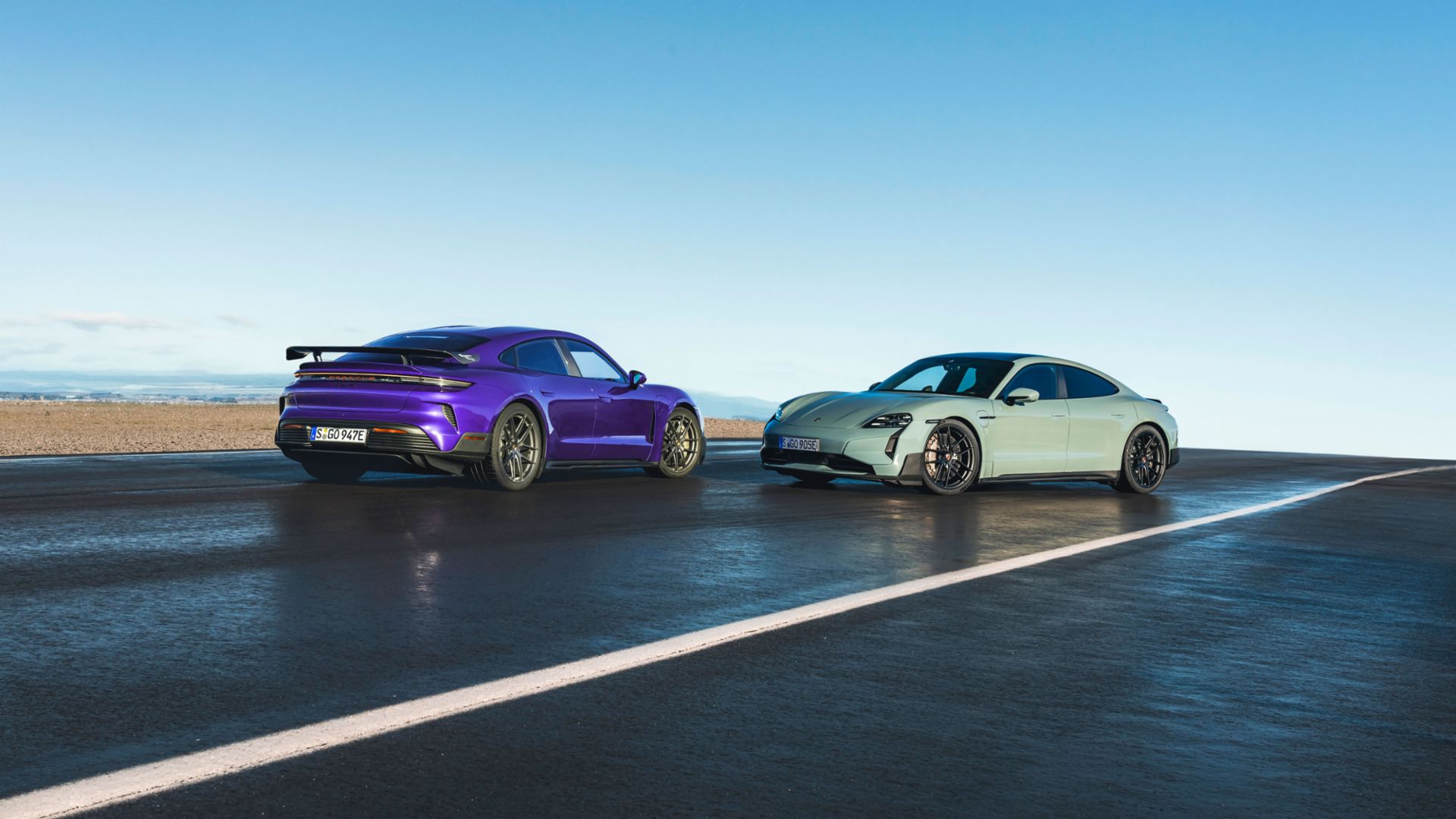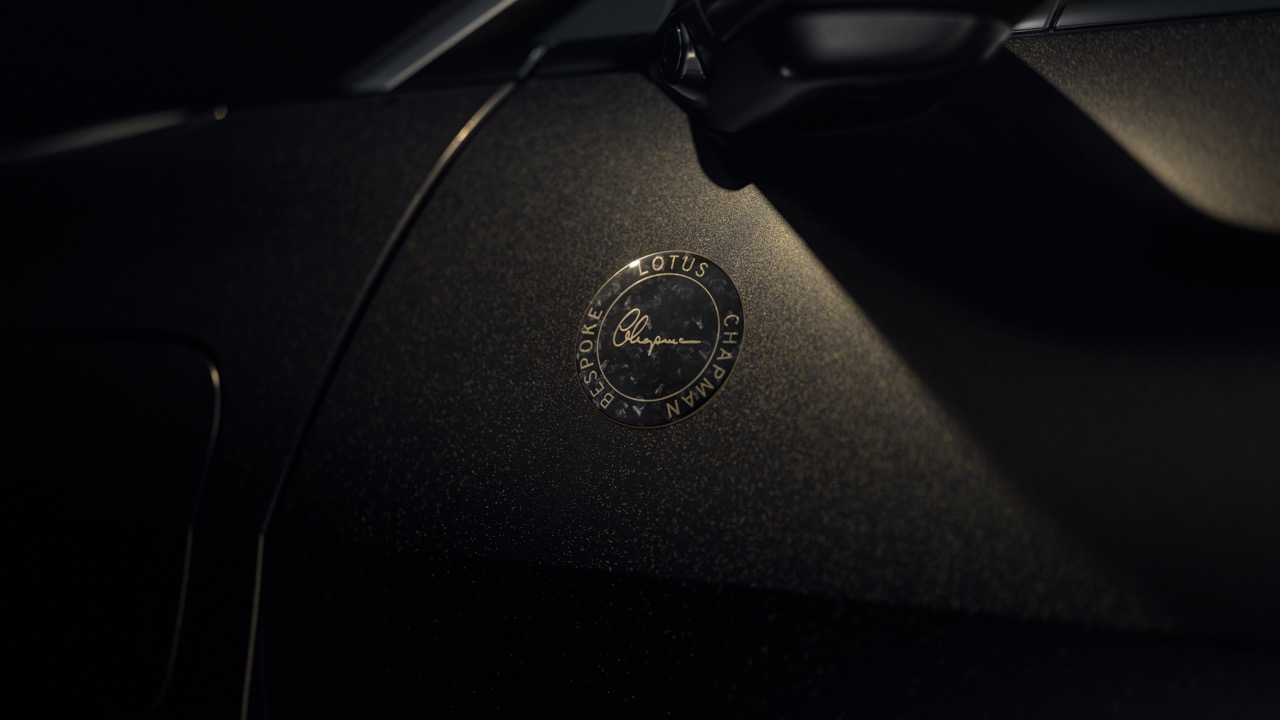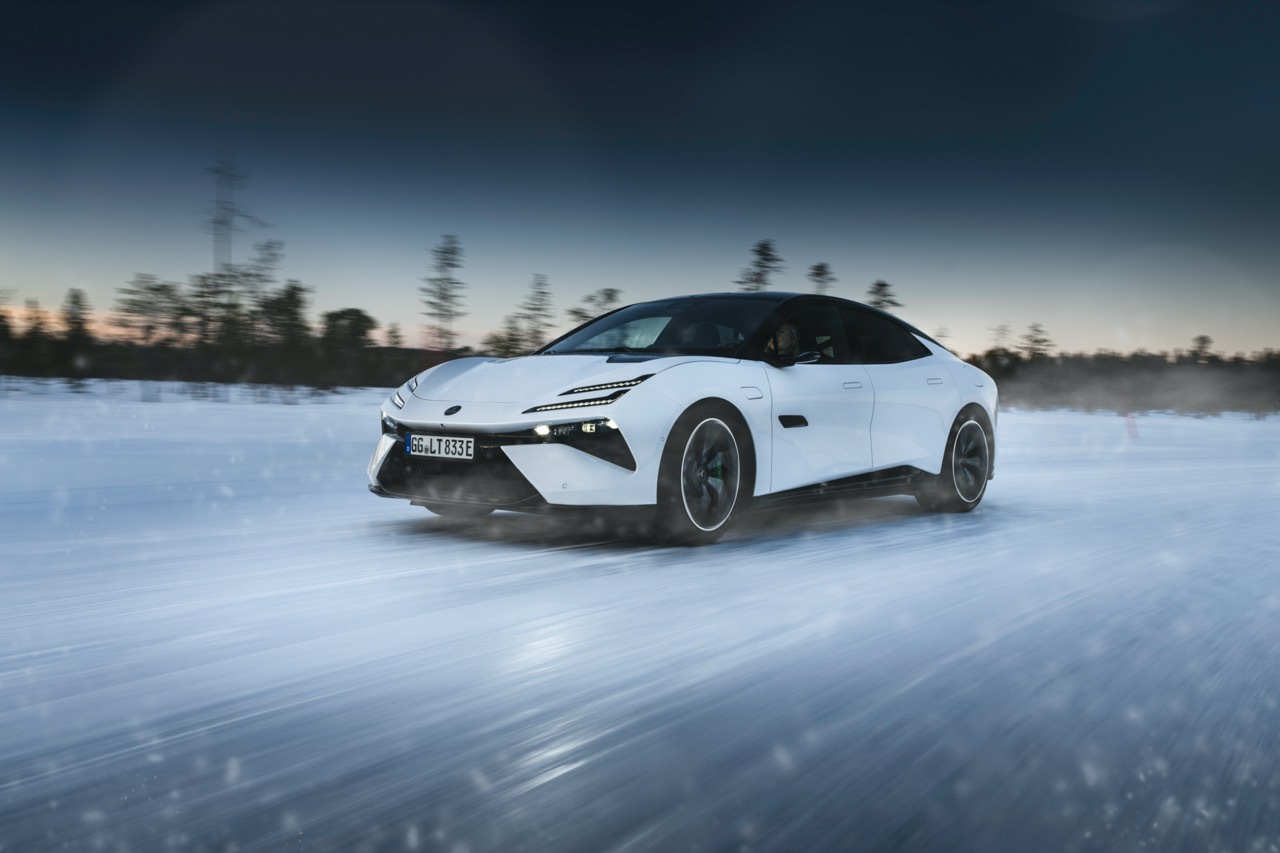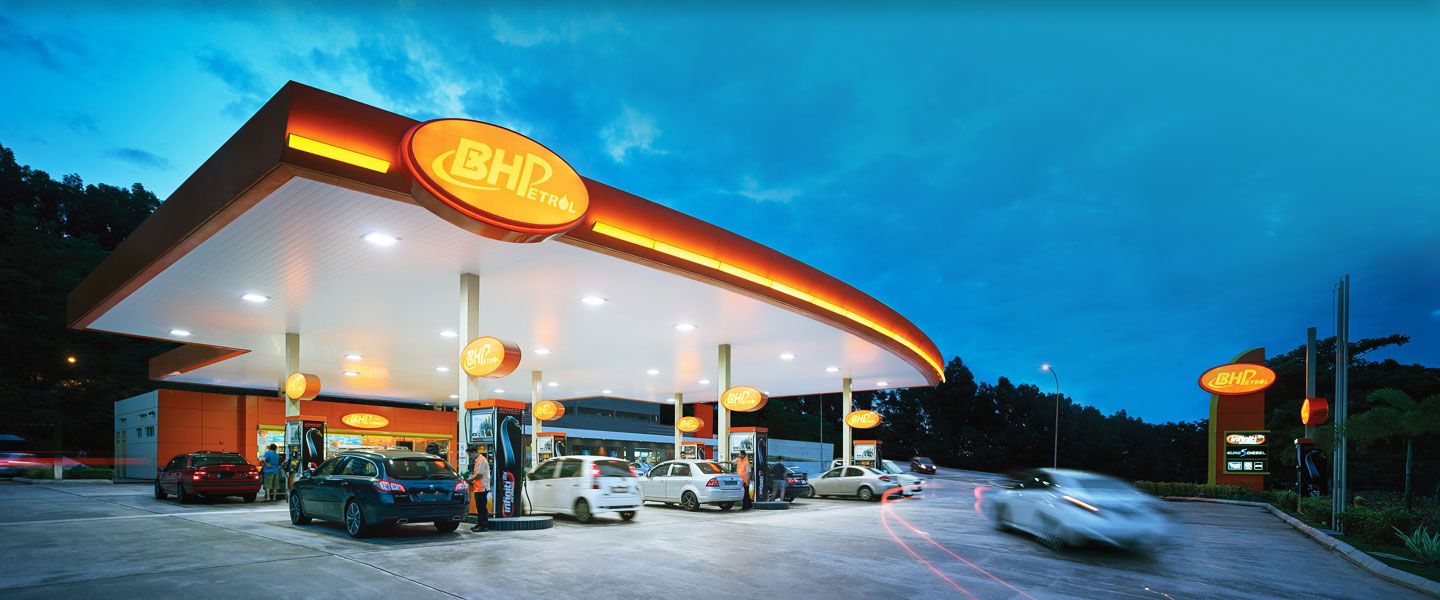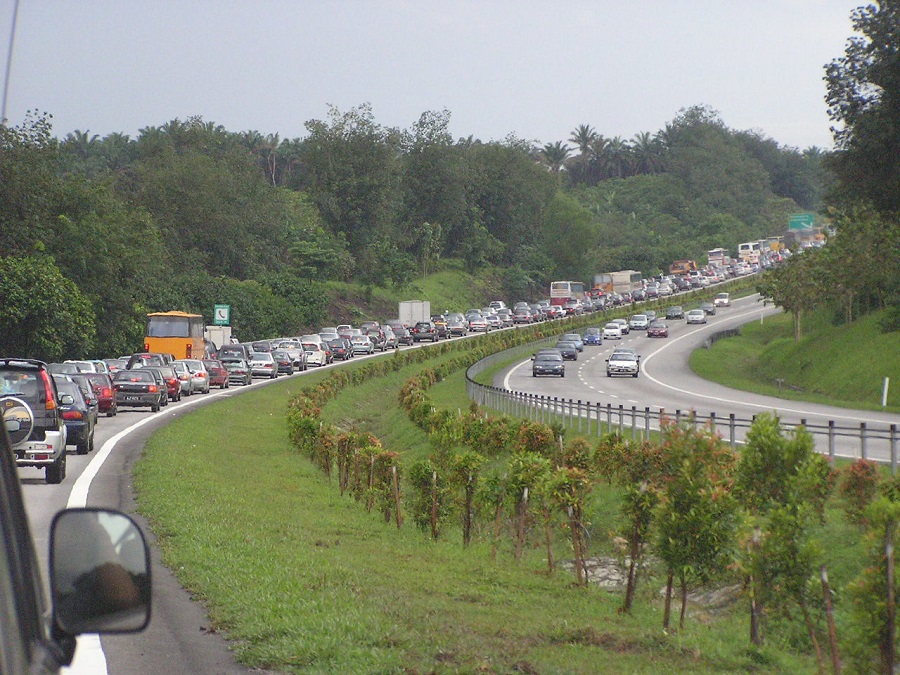The introduction of the Perodua Ativa has been significant for the Malaysian automotive market, offering consumers a modern and technologically advanced option in the compact SUV segment.
The Ativa is Perodua’s first model in the Transformation 3.0 era which is named Perodua Smart Build. What is Perodua Smart Build? It aims to elevate Perodua into a global player but not only as a company, but also to globalise the entire Malaysian automotive industry – including suppliers and dealers.
The Ativa is a shared model with the Daihatsu Rocky, which explains the uncanny resemblance between the two. However, there is a touch of Perodua in it. Which is why some consider it to be a bigger version of the Myvi.
With that in mind, we were intrigued to find out what a daily Myvi driver would think of the Ativa. So, we gave the Ativa to a member of our team who owns a third-generation facelift Myvi.
The main difference, the most obvious one, is that the Ativa is a compact SUV which translates to a bulkier body and more interior space. Exterior-wise, the Ativa looks like a Myvi that has been hitting the gym and is on steroids.
So, what was our Myvi driver’s first impression when getting into the Ativa? There wasn’t much difference between the Myvi and the Ativa besides the size. The steering wheel is the same, the interaction with the buttons is the same and the overall feel of driving a new car was just not there. Well, there are minor differences but nothing too major that we would think that we were sitting in a different car. However, this is just a first impression. We then used the Ativa as a daily, swapping away the Myvi for some time and noticed several likes and dislikes.
First of all, what do you get for the RM73,400 Ativa? Well, the infotainment system is slightly bigger than the Myvi. The Ativa has a huge 9.0-inch “floating” touchscreen in the middle while the Myvi has a 6.9-inch touchscreen. However, the one in the Ativa did not feel as smooth. Although Android phone owners can connect their devices to the screen using SmartLink phone mirroring (an HDMI connector), Apple CarPlay and Android Auto are not available (something we are never happy to hear).
Anyways, the excellent safety system that comes with the Myvi is also featured in the Ativa. Ever since the launch of the third generation of the Myvi, Perodua has been adding ever-more sophisticated safety features to its models. A lot of these are combined to form the Advanced Safety Assist (ASA) system, which aids in preventing collisions for drivers. The third iteration of the Ativa system can now detect two-wheeled vehicles and operate at night. It can operate at higher speeds of up to 120km/h for cars and 60km/h for pedestrians.
Pre-Collision Warning with Automatic Braking, Front Departure Alert, and Pedal Misoperation Control are the components of ASA 3.0. To monitor and evaluate the road ahead, ASA employs a camera at the top of the windscreen.
The driver will be alerted in the case of an imminent collision, and the brakes will engage automatically if no action is taken by the driver to slow down. In addition to preventing the need for a costly repair, proactive braking would have slowed down the speed and force of the vehicle if a collision was unavoidable, aiding to keep all occupants safe and keeping injuries to a minimum, or none at all.
However, the facelift Myvi has level two autonomy for under RM60,000. The driver was not impressed by this as it did not play a major role in the experience, which is a good thing at the end of the day.
The Ativa also comes with the annoying eco idle auto start-stop, which Perodua has been offering since the Bezza and is something we turn off every single time we get in.
The main issue faced by the driver is the one feature that the Myvi has that was not carried on to the Ativa and that is the SmartTag reader, which is what got us scratching our heads as to why it was not offered. But it makes sense considering that the Smart Tag system will eventually give way to RFID.
You must be thinking, just wind down the window and use the Touch N Go card. Not that hard right? But having the Myvi as a daily driver for almost a year now, the convenience has always been there. We could easily check the amount left on the card and did not have to roll down the window and stretch out nor have to worry about replacing batteries in the SmartTag device.
Moving on, the Ativa has a unique feature called air conditioning memory which we very much liked. The AC memory, which functions similarly to seat position memory, is controlled via the M1 and M2 buttons located on the dash. For example, you can programme one for chilly days and another for hot days which is convenient as we do not have to manually adjust the temperature.
The Ativa measures 4,065mm in length, 1,710mm in width, and 1,635mm in height, and has a wheelbase of 2,525mm. Not that much of a difference compared to the Myvi which measures 3,895 mm in length, 1735mm in width and 1515mm in height and has a wheelbase of 2500mm. We are not small or short people and we fit comfortably in the Myvi so the Ativa was just as comfortable with slightly more room to move around.
What we did enjoy is the armrest that comes with the Ativa. A minor detail with a major comfort impact.
Now, the Myvi has cupholders placed below the AC controls which we consider to be a convenient storage space. And if you do not have a phone holder, you could place it there too. In the Ativa, those cupholders are replaced with a small flat platform with just enough space to place your phone horizontally. The cupholders? Well, the Ativa has a feature that we are not sure is a clever idea. The cupholders are placed in front of the vents on either side of the dashboard and slide out whenever needed. While this keeps your drinks cool, it blocks the cool air from reaching you. But what if you have a hot drink? You will need to either turn off the AC or set it to the lowest speed. Not very convenient is it?
It may not seem like a big deal but as journalists, we are always on the go and sometimes only have time for a quick drive-through to get our morning coffee which we prefer to be hot and not iced. So sometimes we found ourselves driving with the windows down just to keep our drinks warm. Dramatic, but some of us would do anything for a hot cup of coffee.
Moving on to the performance. The Ativa features a 1.0 litre turbocharged three-cylinder petrol engine which produces 98PS and 140Nm of torque connected to a D-CVT with seven virtual ratios that send power to the front wheels . It was also the first Perodua to ride on the Daihatsu New Global Architecture (DNGA) platform.
The Myvi on the other hand, has a naturally aspirated 2NR-VE 1.5 litre engine which puts out 102hp and 136Nm of torque. The gearbox is the same as the Ativa, but the Myvi is better in terms of fuel economy.
This was a game changer for us as the turbocharged Ativa showed a significant amount of difference in performance though not so much on paper. The Myvi at times can be draggy when going uphill. But this was no issue for the Ativa. We did not feel it struggling to climb up steep hills and just like the Myvi, there is a “PWR” button on the steering wheel which when activated, gives a sharper throttle response. We tested it out although we did not have to use this feature and it added to the “amazed” experience we were having.
Another minor detail we noticed is that the cabin in the Ativa is much quieter compared to the Myvi. The road, engine and aerodynamic drag sounds were slightly muted when speeding so that gave us some peace of mind during long travels.
With all that power play, what was the fuel consumption like? The fuel consumption for the Ativa is around 7.5L/100km. You can reduce it by using the eco-idle function but that is a personal preference. Compared to the Myvi, which has a 4.7L/100km fuel consumption, it is still not enough to burn a hole through your pocket for refuelling, so we did not have to worry about that.
We think that the Perodua Ativa stands out as a well-rounded compact SUV, compared to the RM107,000 Honda WR-V, but if we were to upgrade from a Myvi, we would not go for an Ativa because of how convenient the Myvi is.
The Ativa can seat five to six adults, and so can the Myvi. The only difference is that the Ativa’s boot space of 369 litres beats the Myvi’s 277 litres. Yes, the Ativa is slightly more powerful, but if it’s power you’re looking for, then you are in the wrong market.
So, if you have a family of five to six, or less than that and you’re in the market for a compact SUV, the Ativa shines the brightest here and it will not break your bank account. But the question here is, would a Myvi driver trade up to an Ativa? Not this Myvi driver, not because the Ativa is not good, but it is too similar to the Myvi, which is already a great car in every sense of the word.
Ativa Specifications:
Engine: 1.0, 3-cylinder, turbocharged
Power: 95hp @ 6000rpm
Torque: 140Nm @ 2400rpm
Transmission: D-CVT
Suspension: MacPherson Strut (Front) H-Shape Torsion Beam (Rear)
We like: Build quality, features
We don’t like: Too similar to the Myvi


